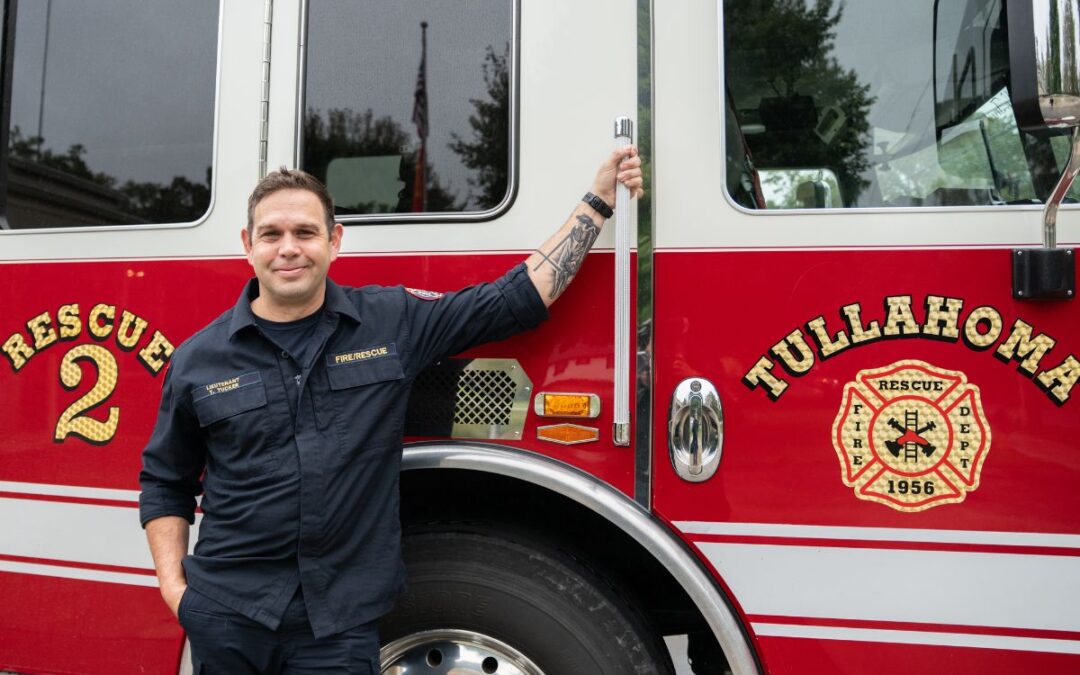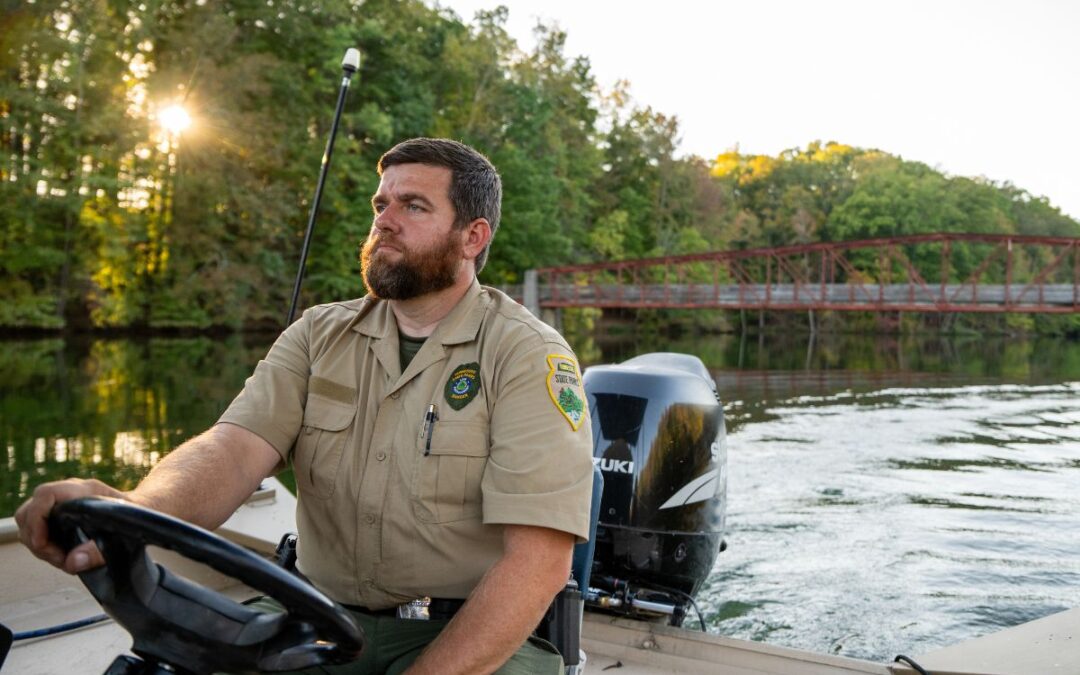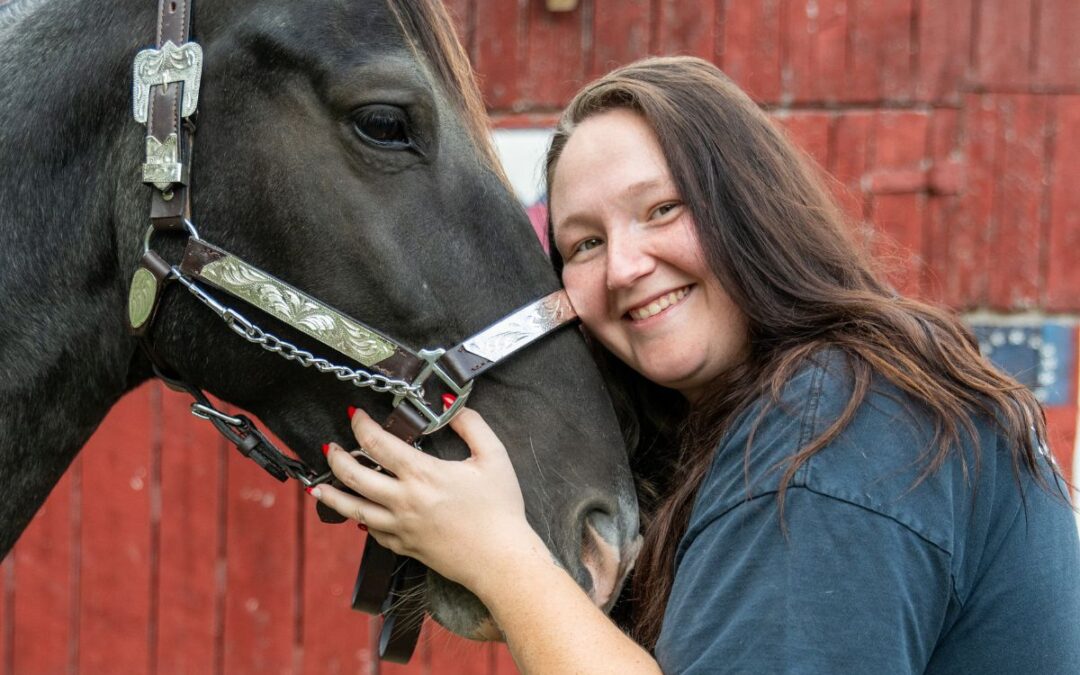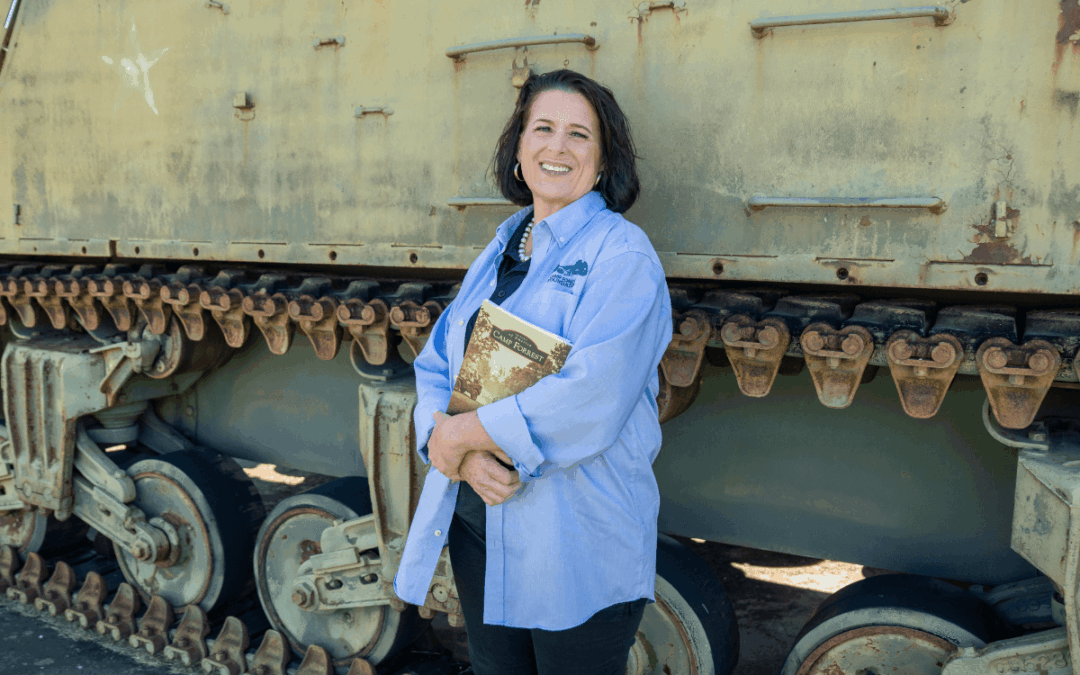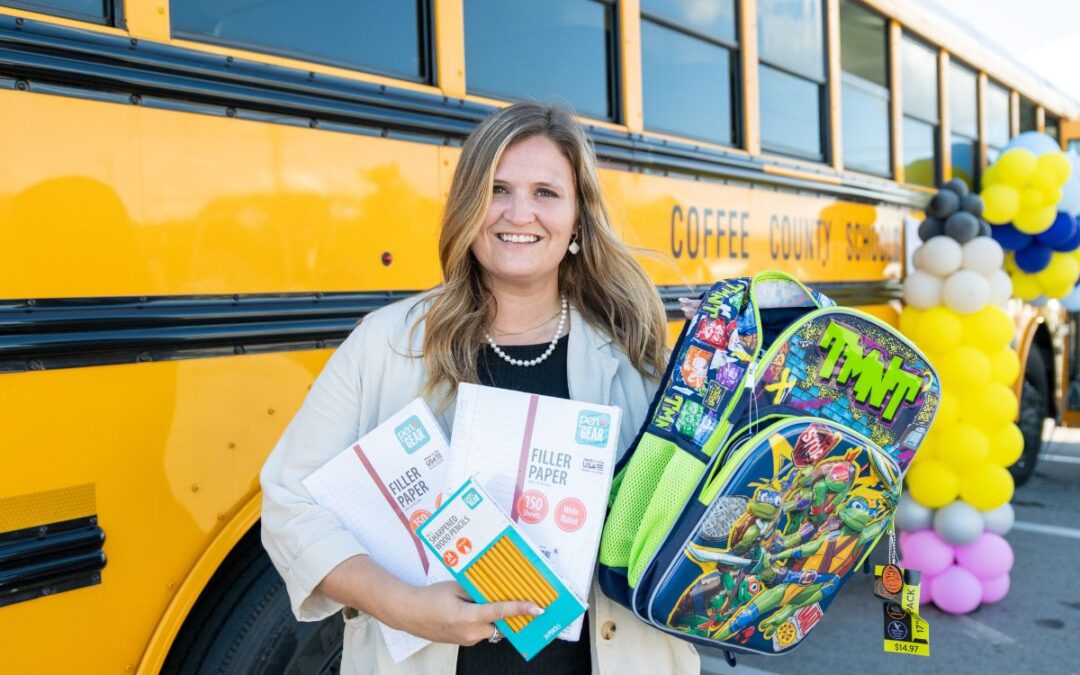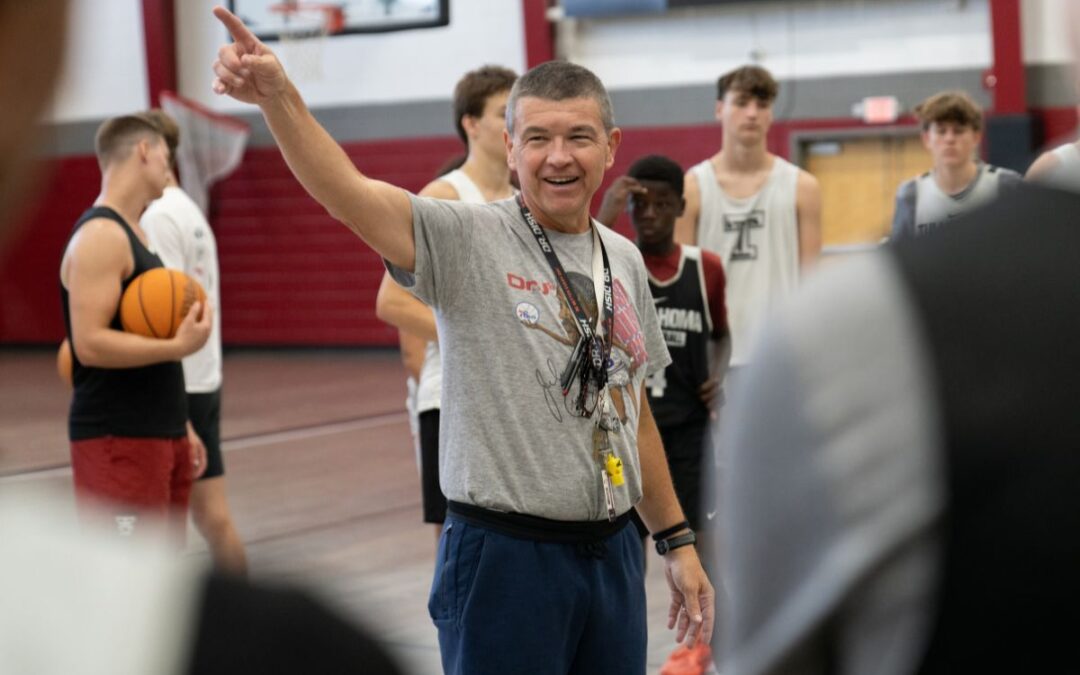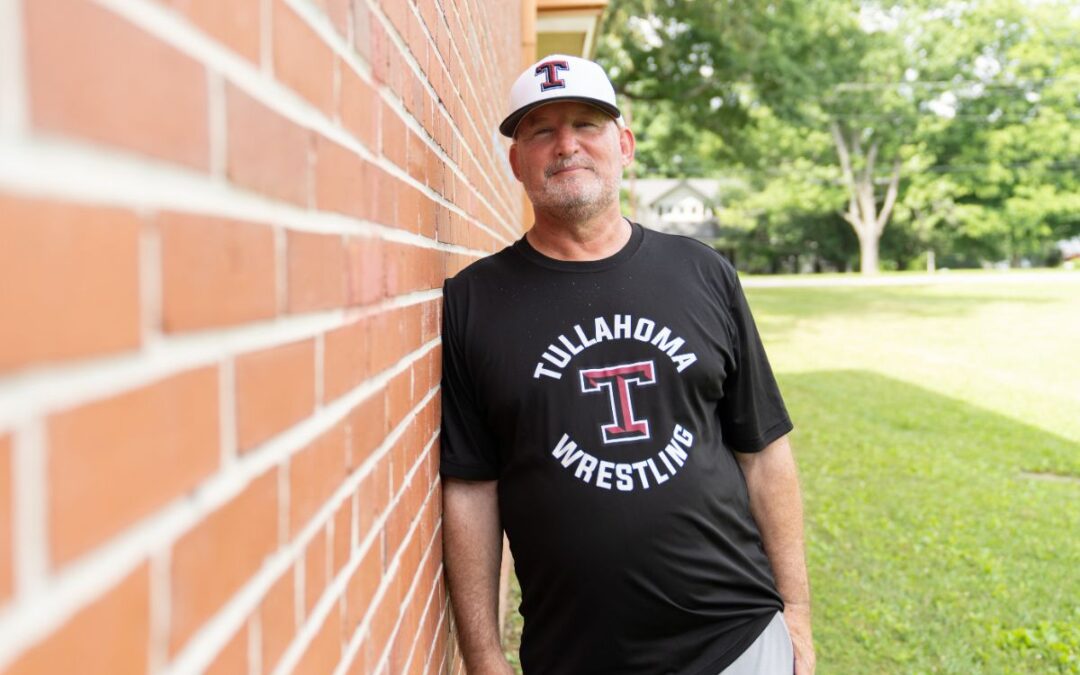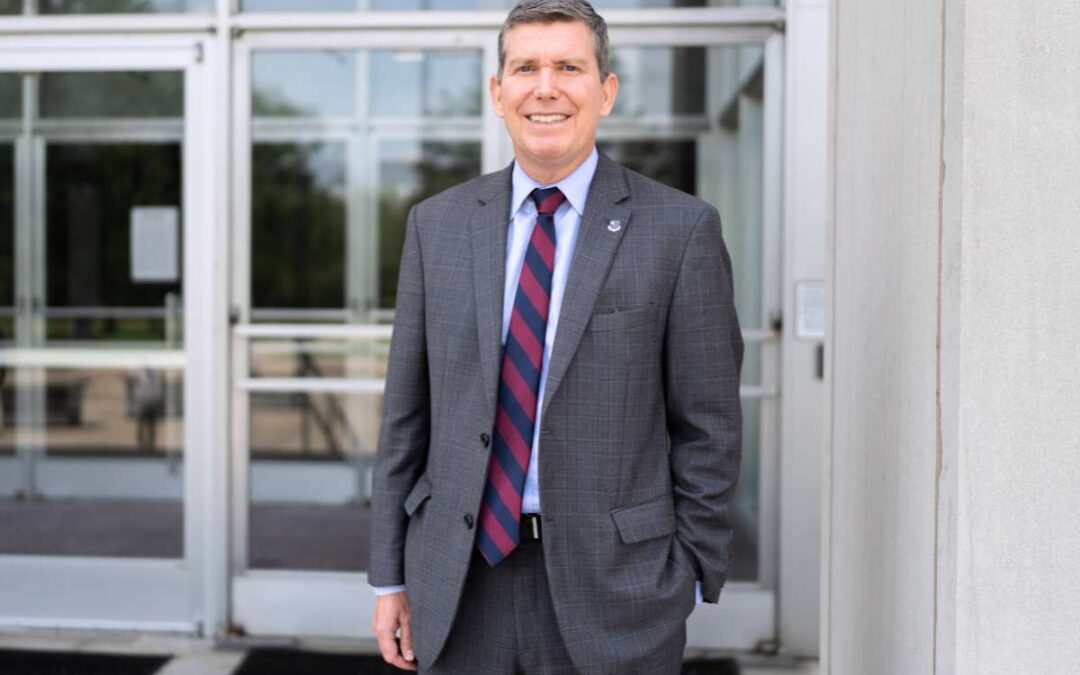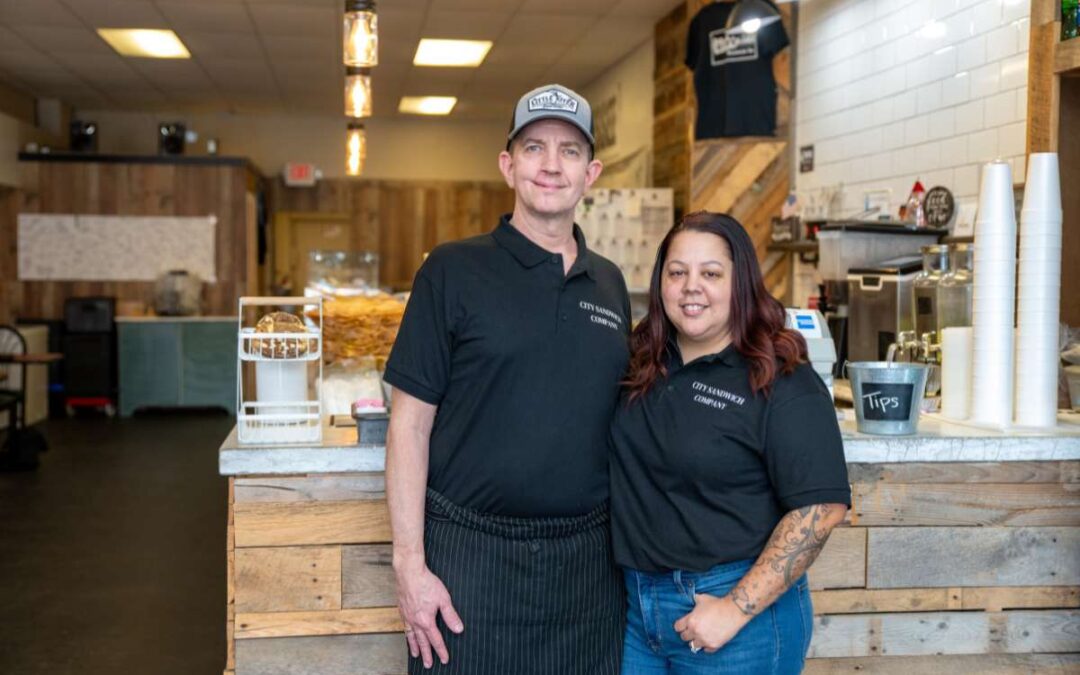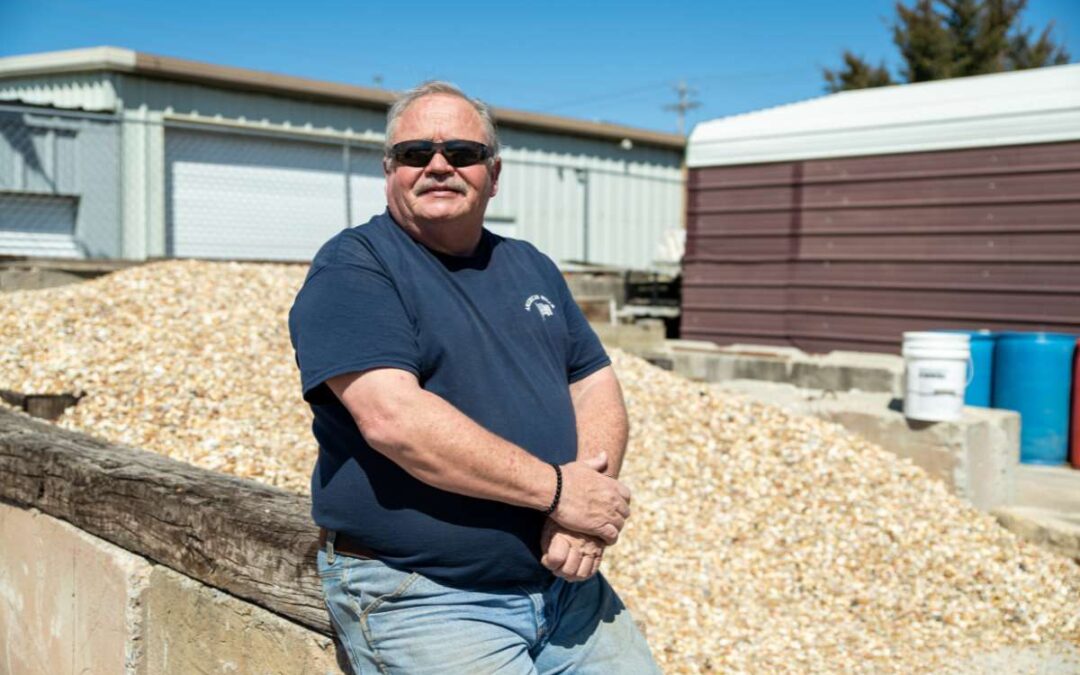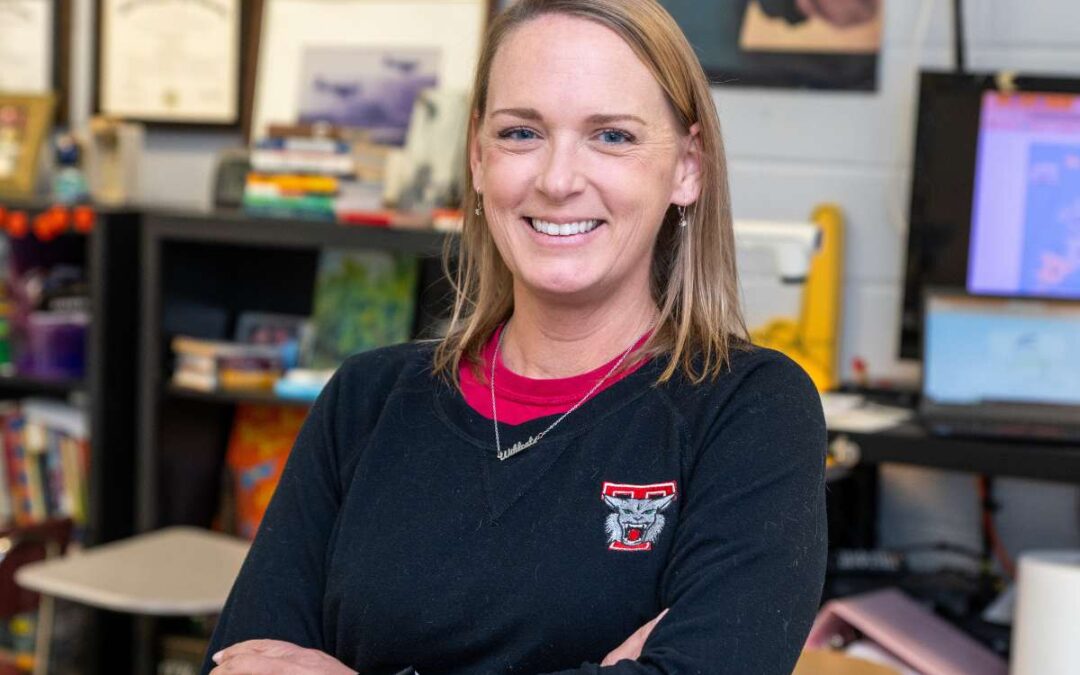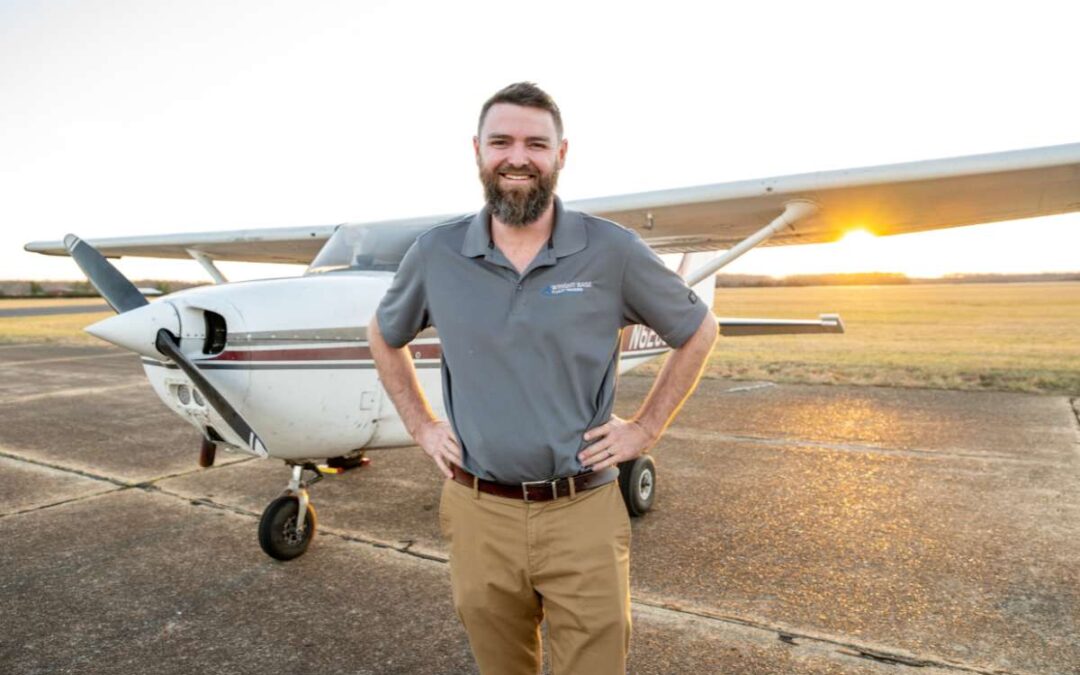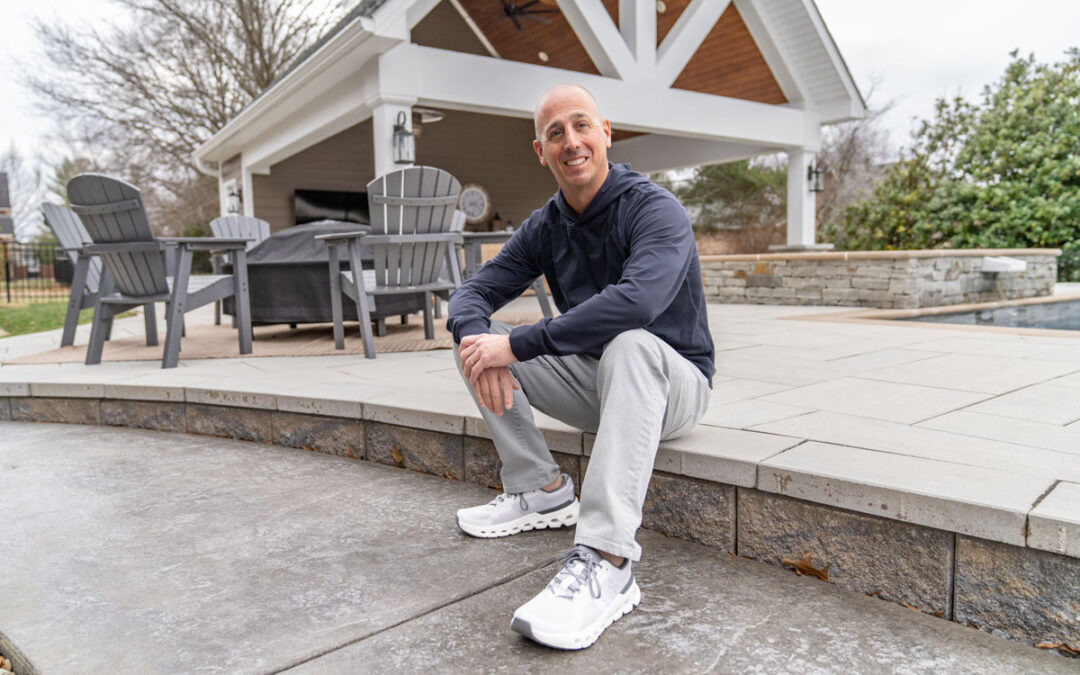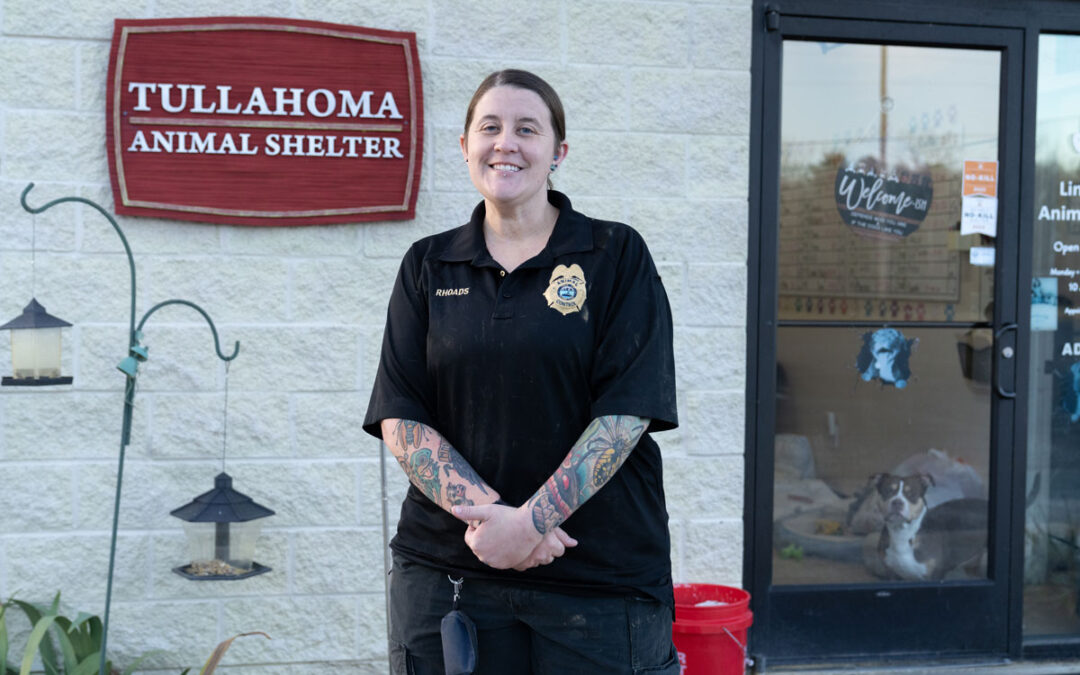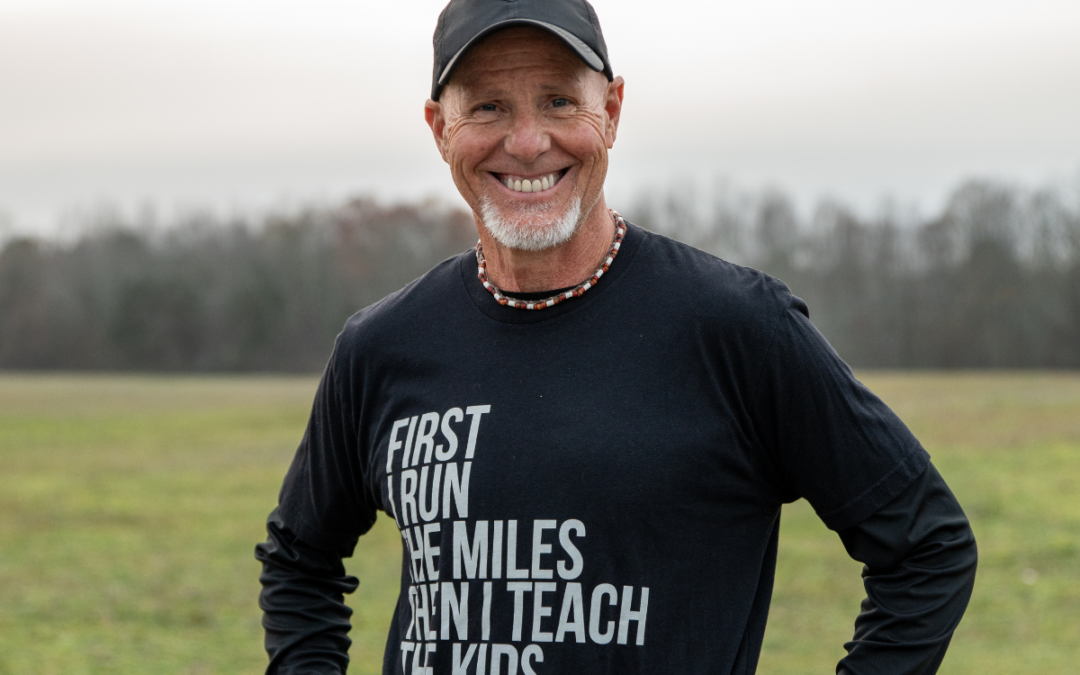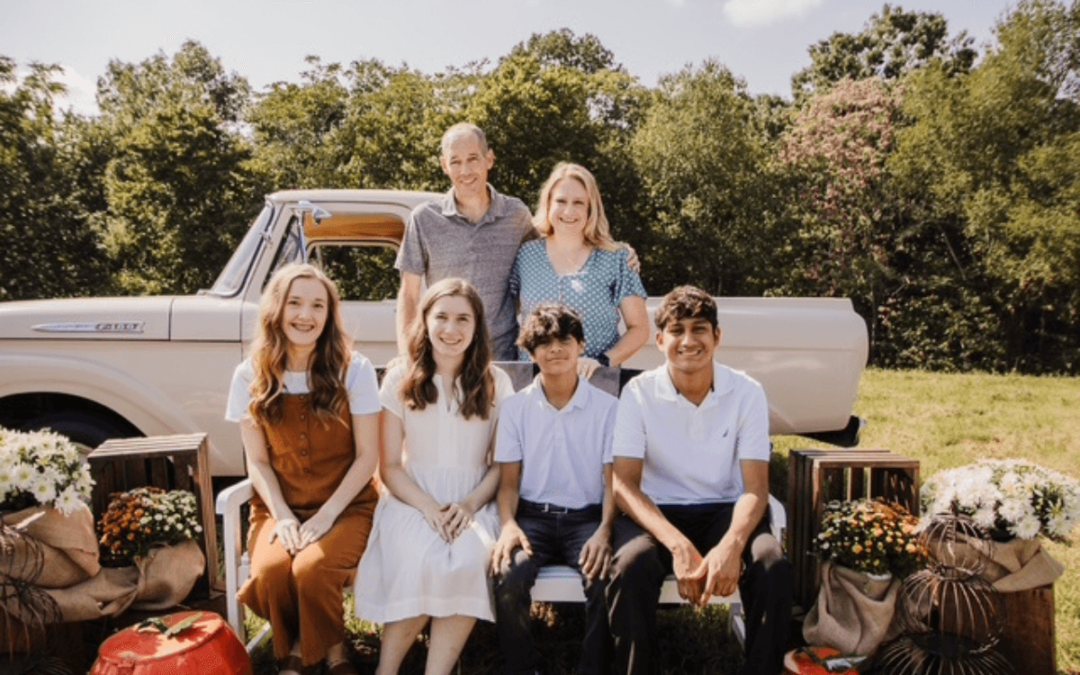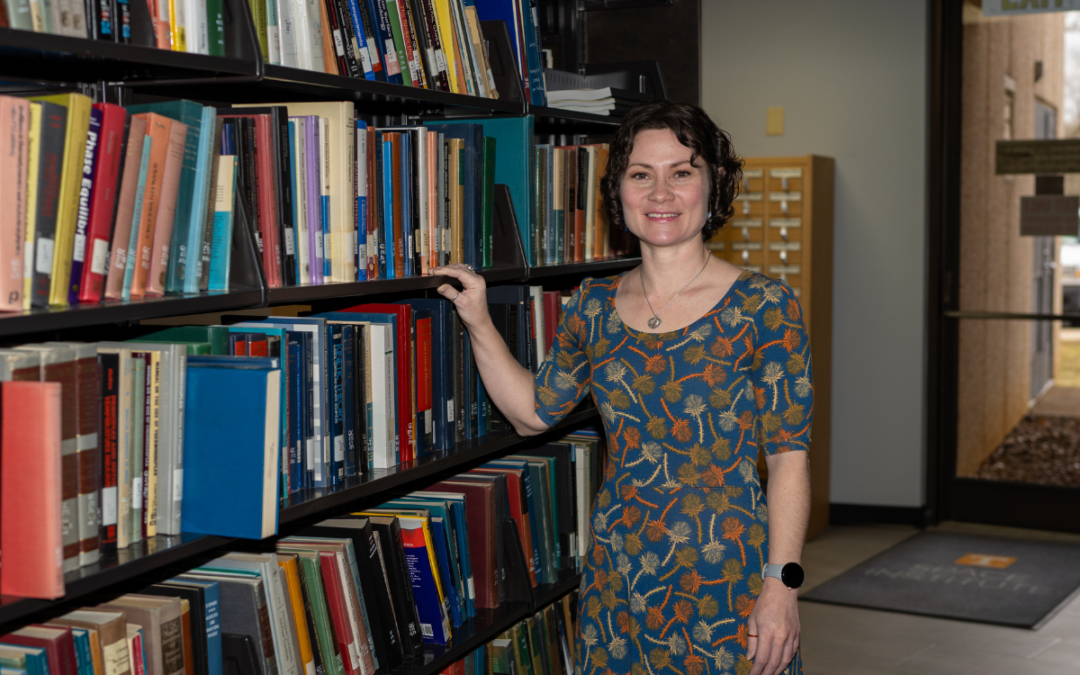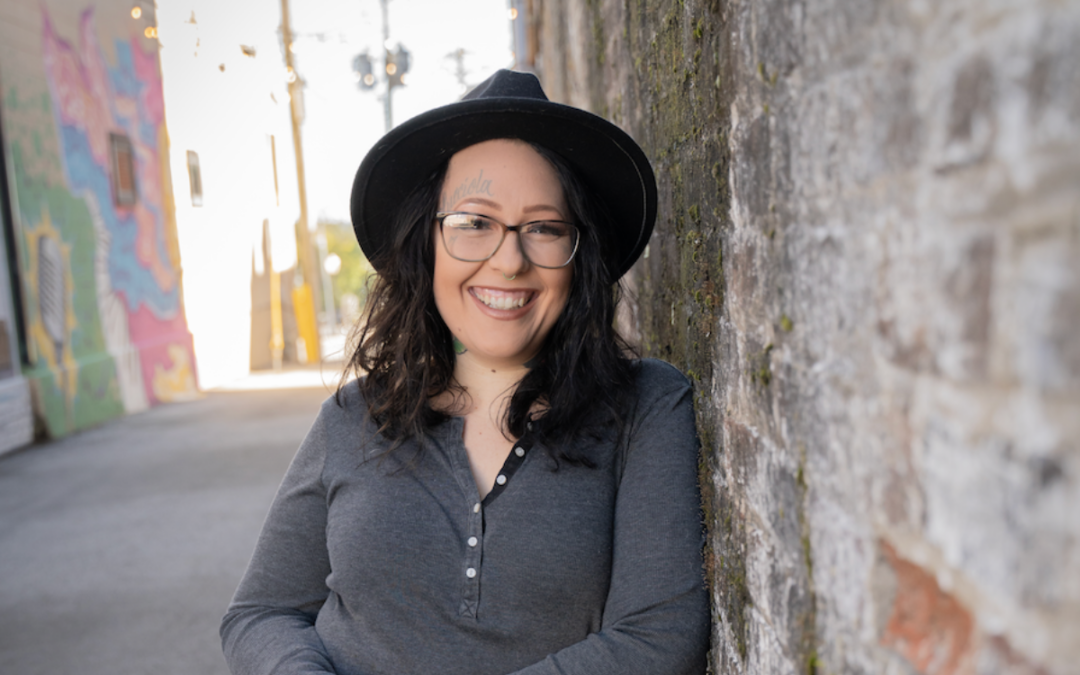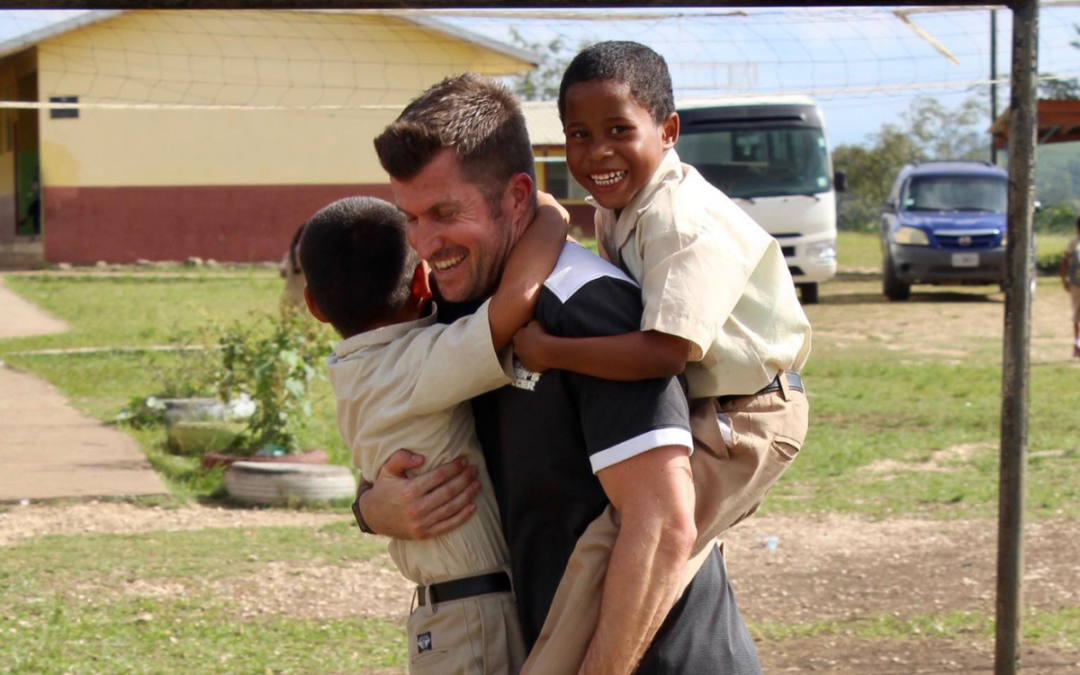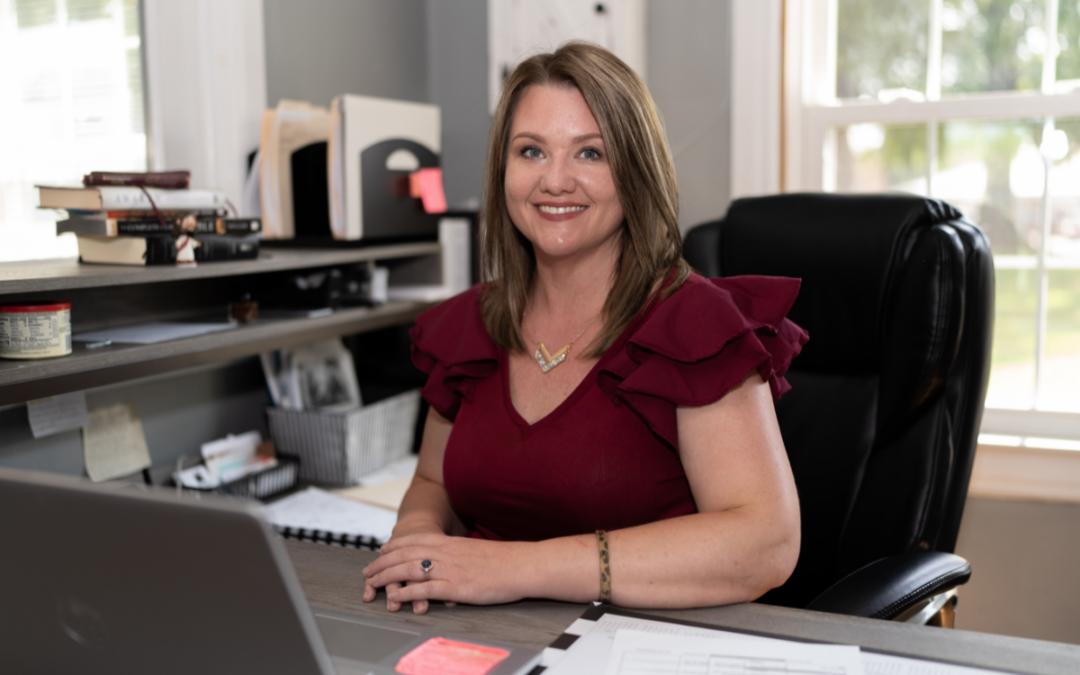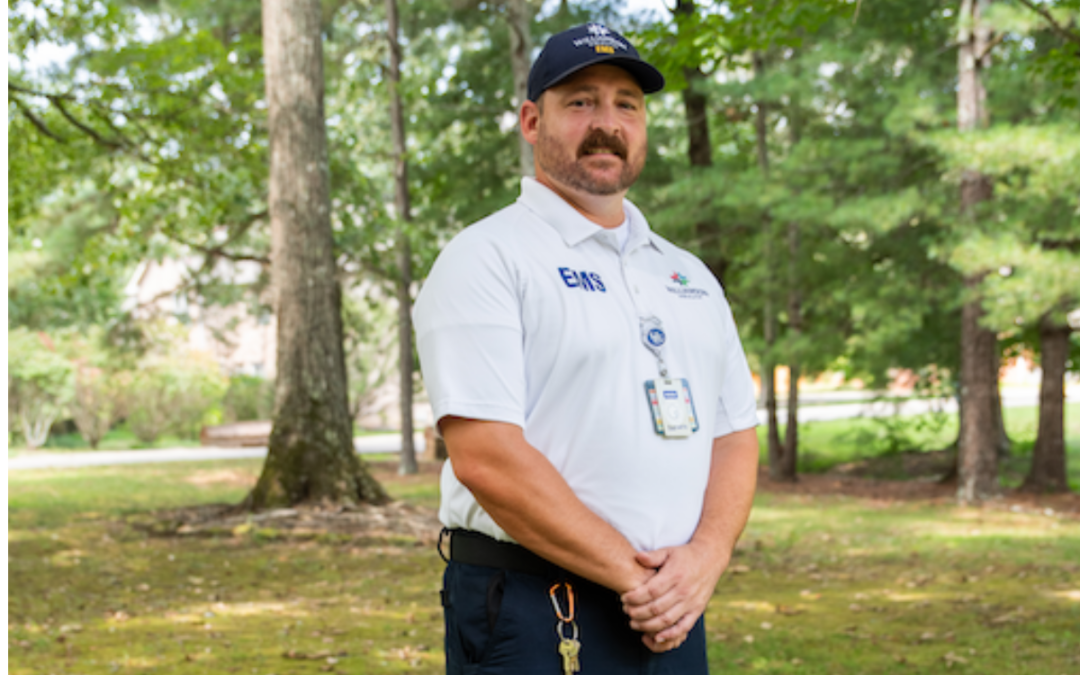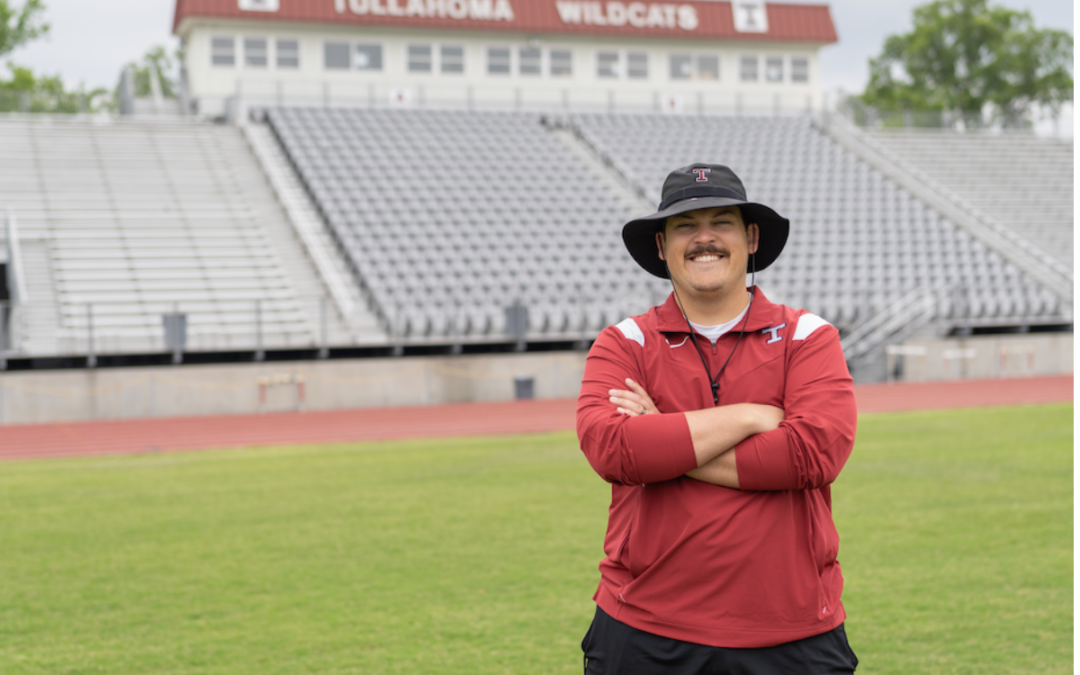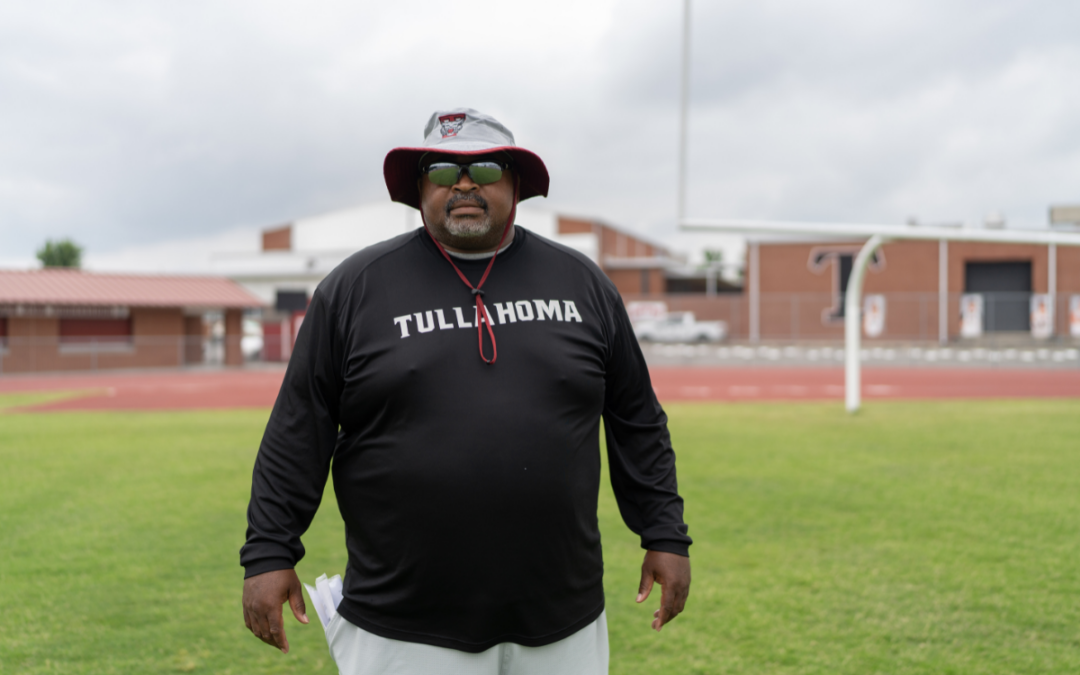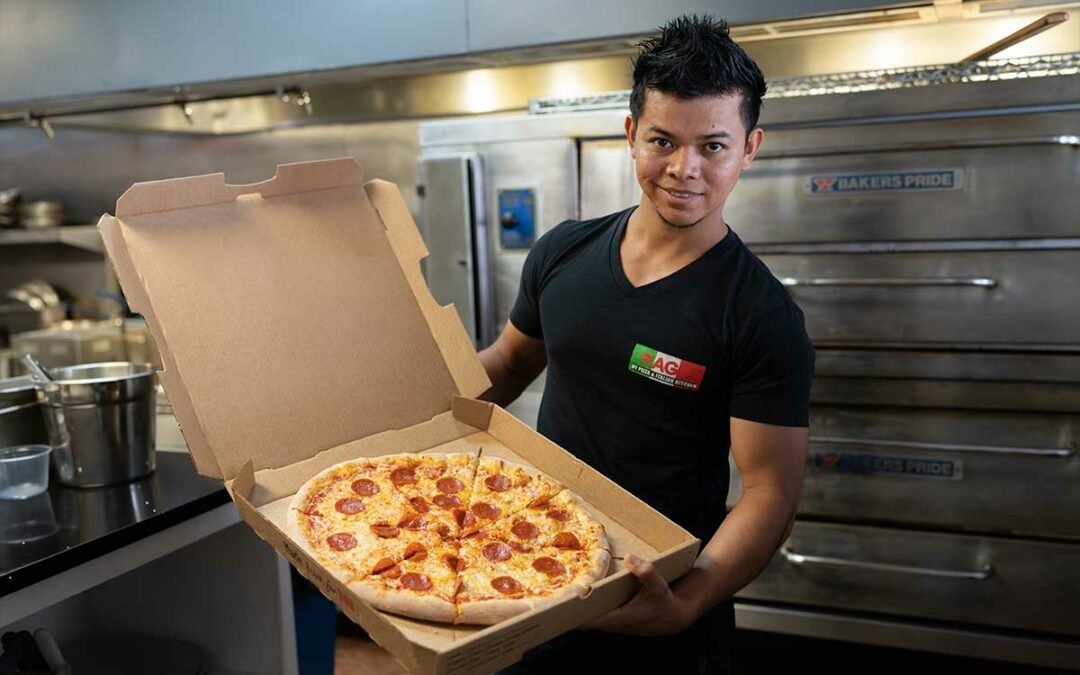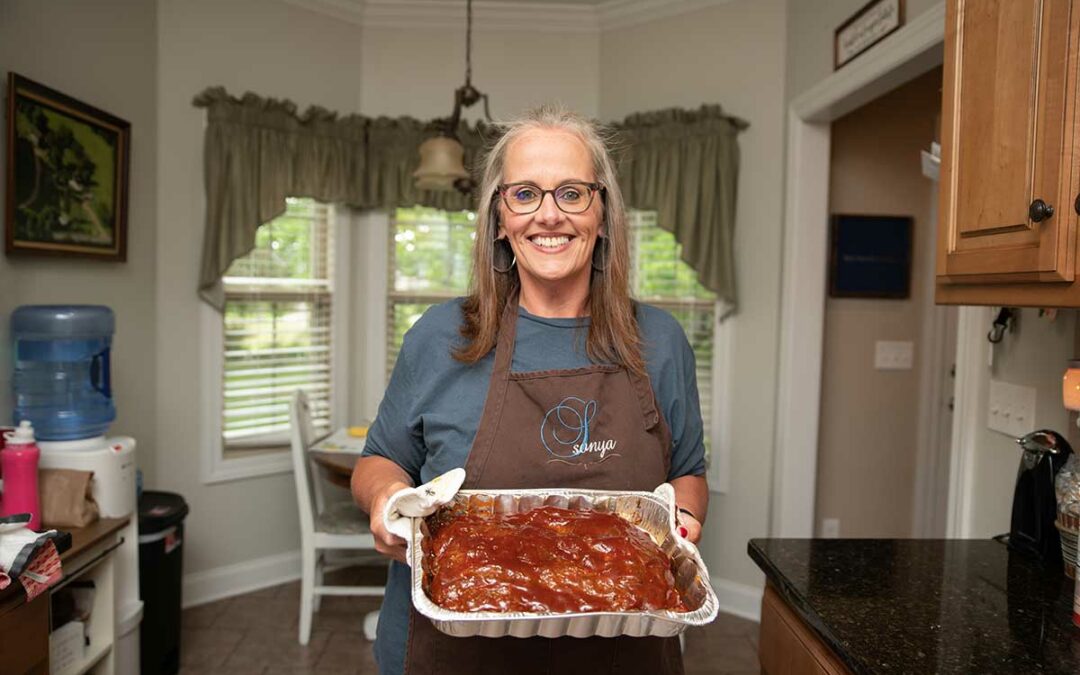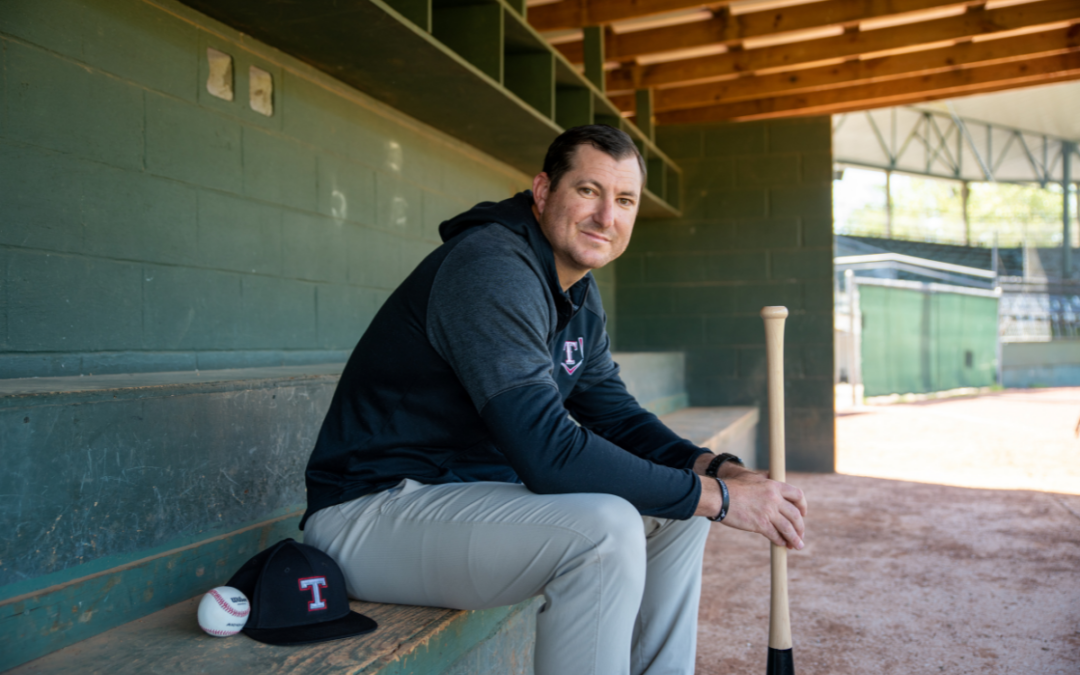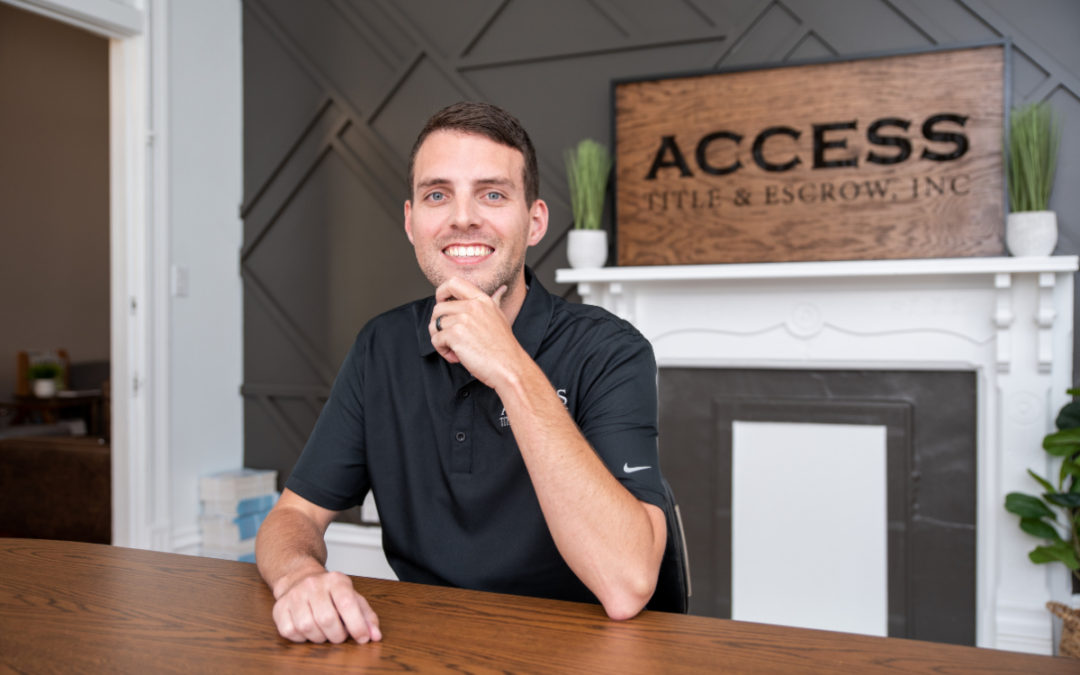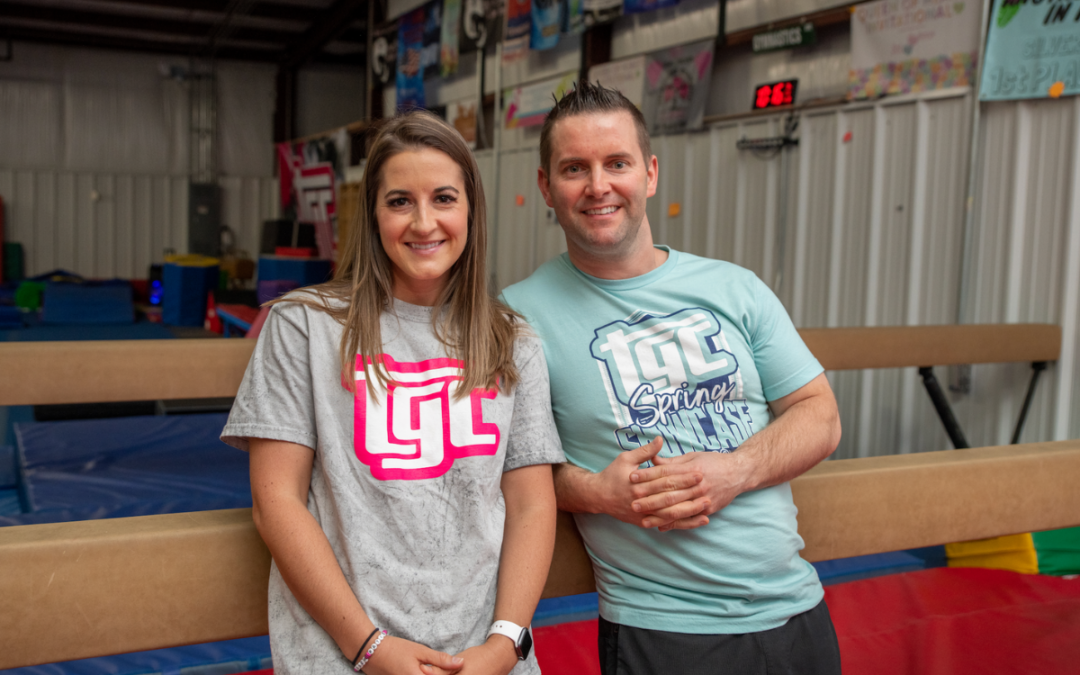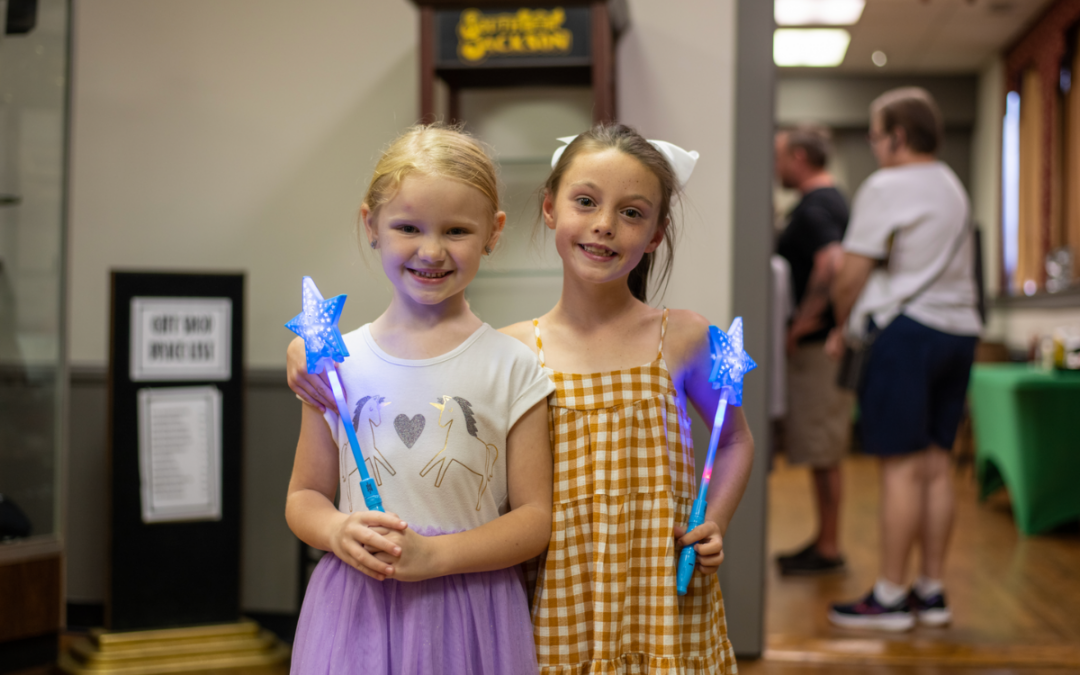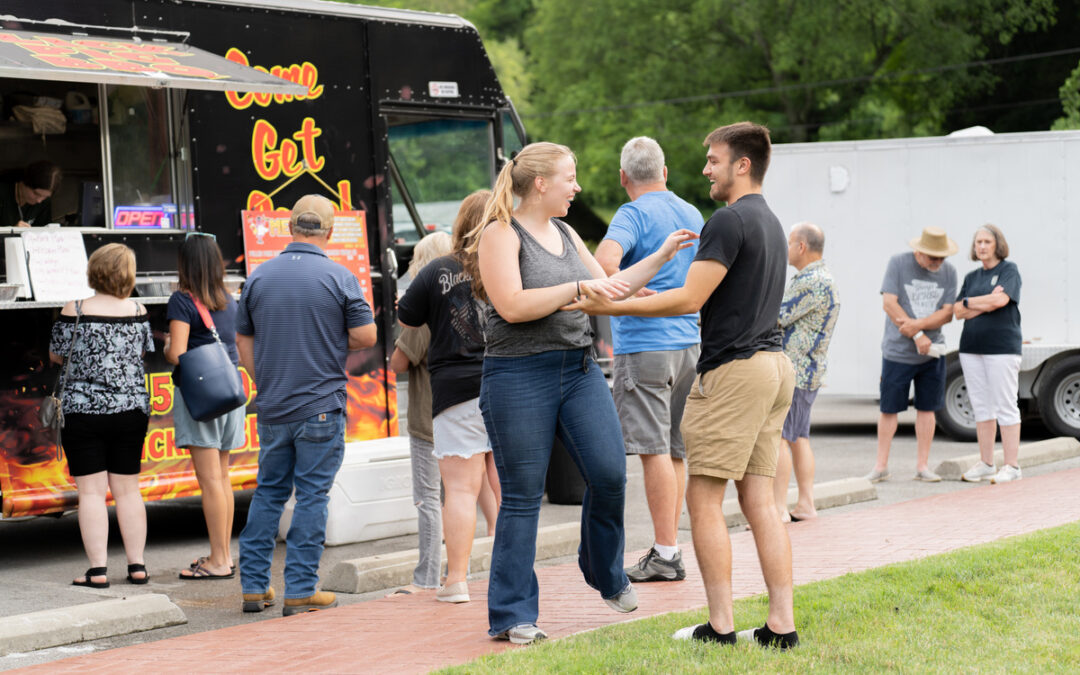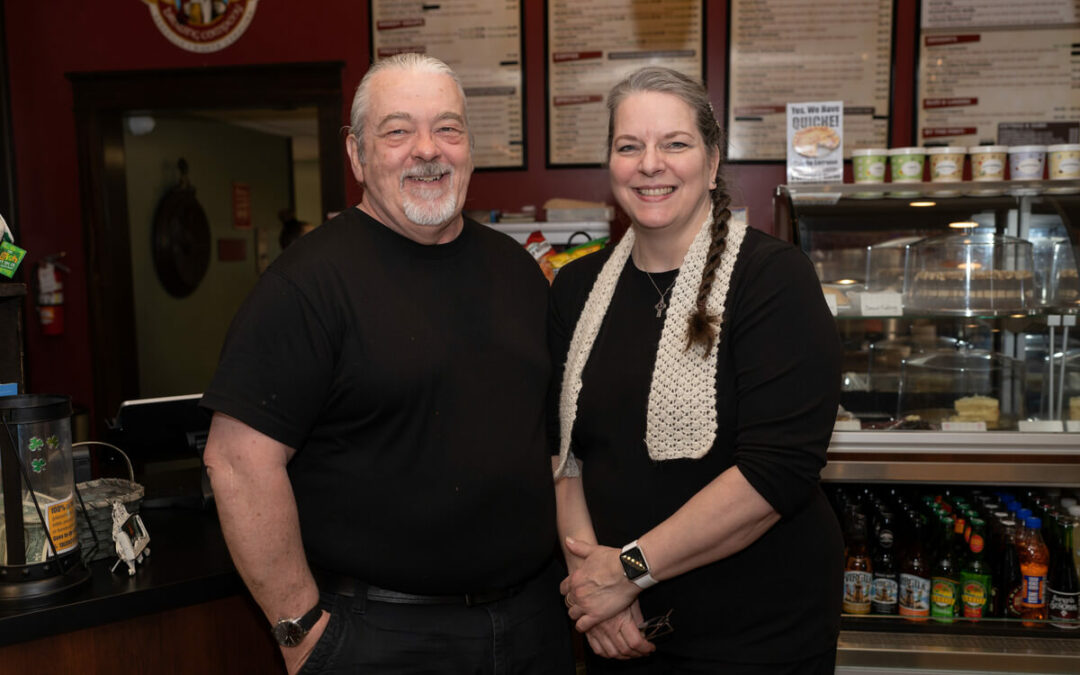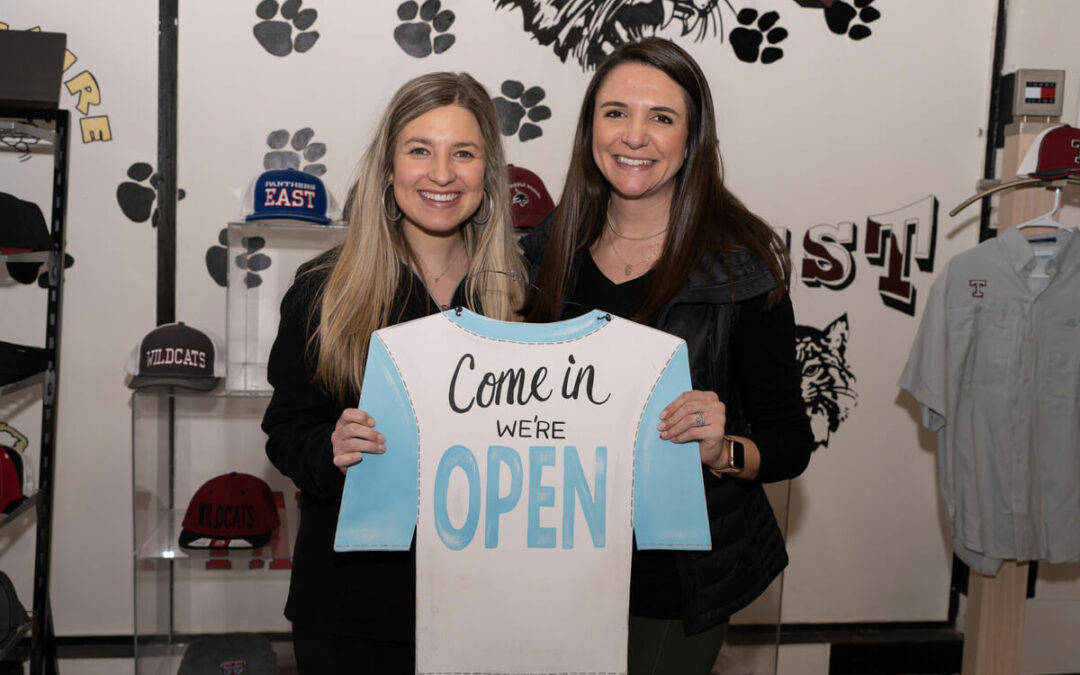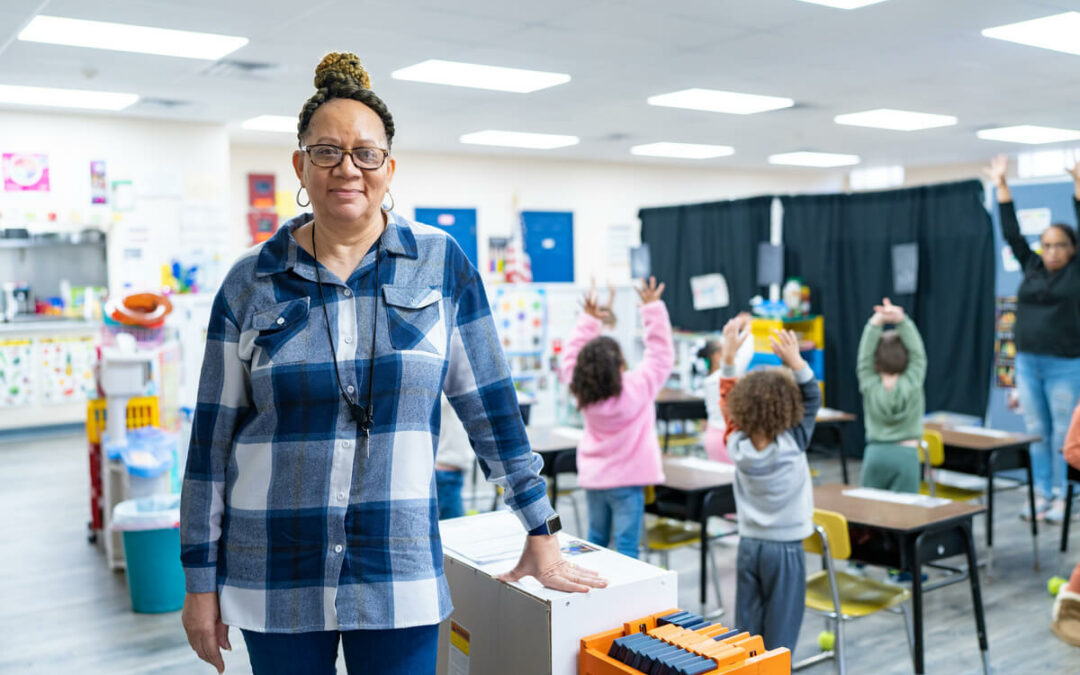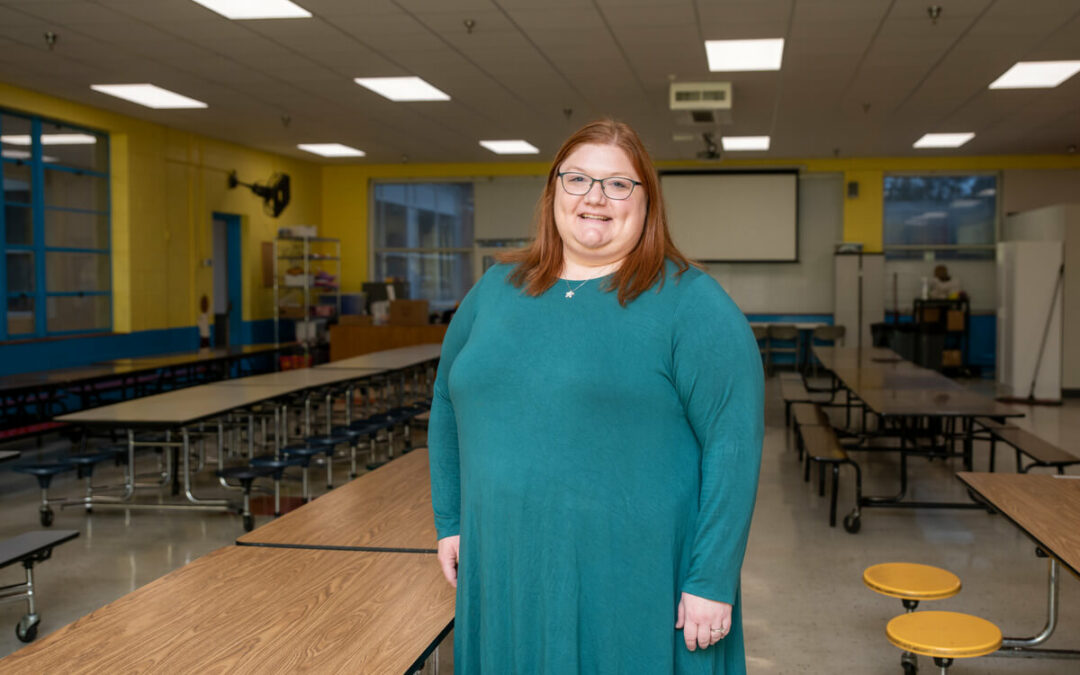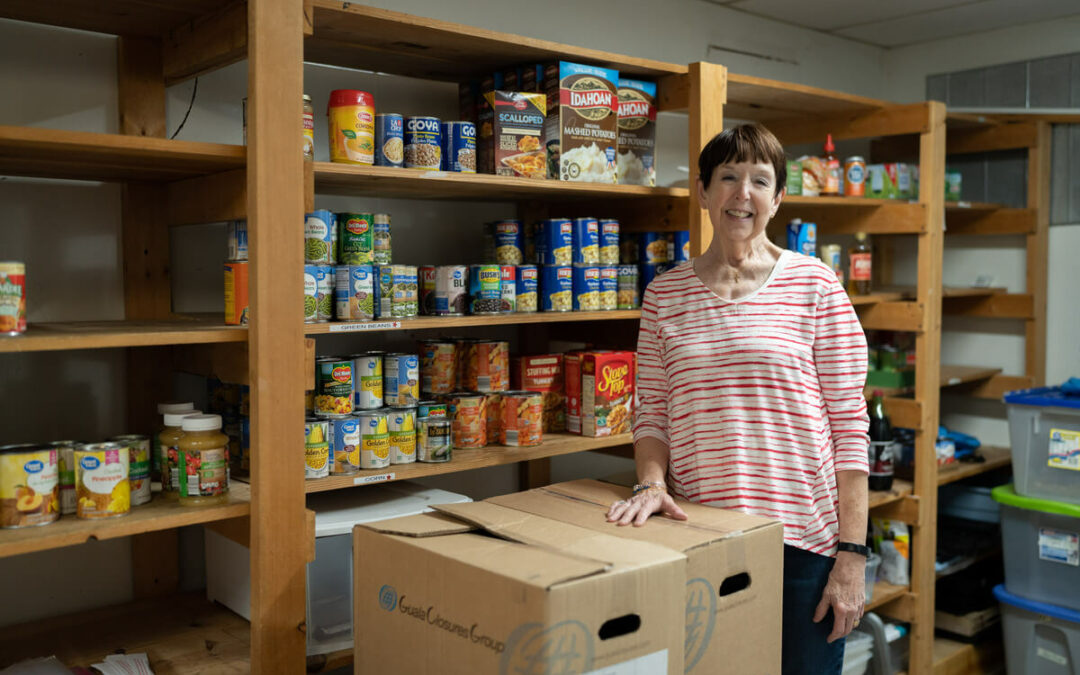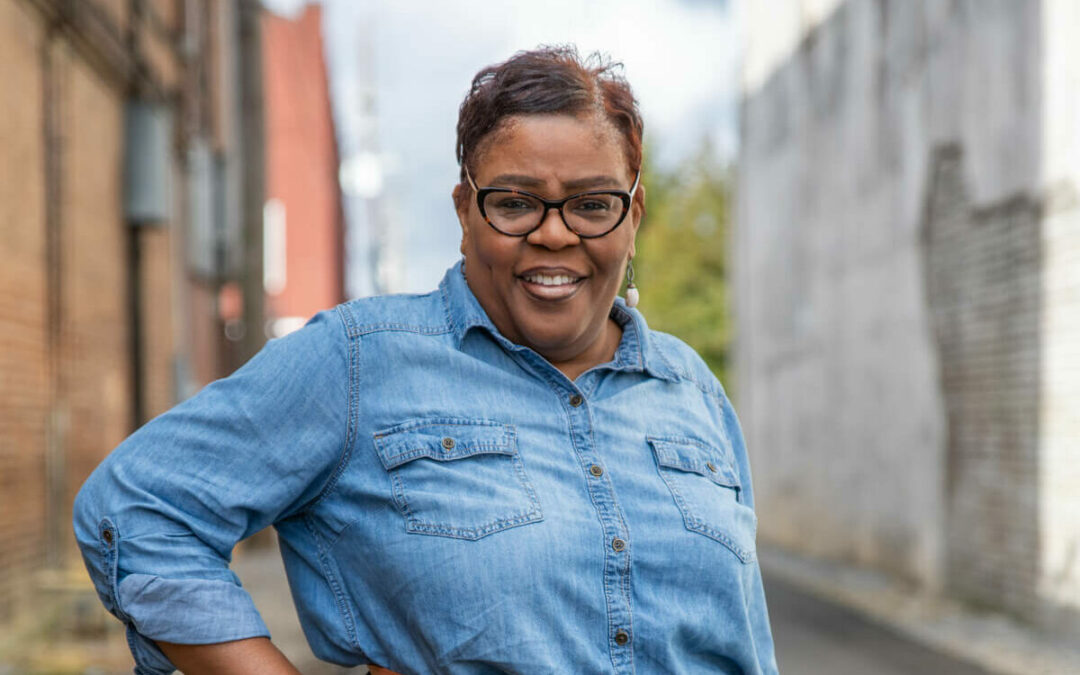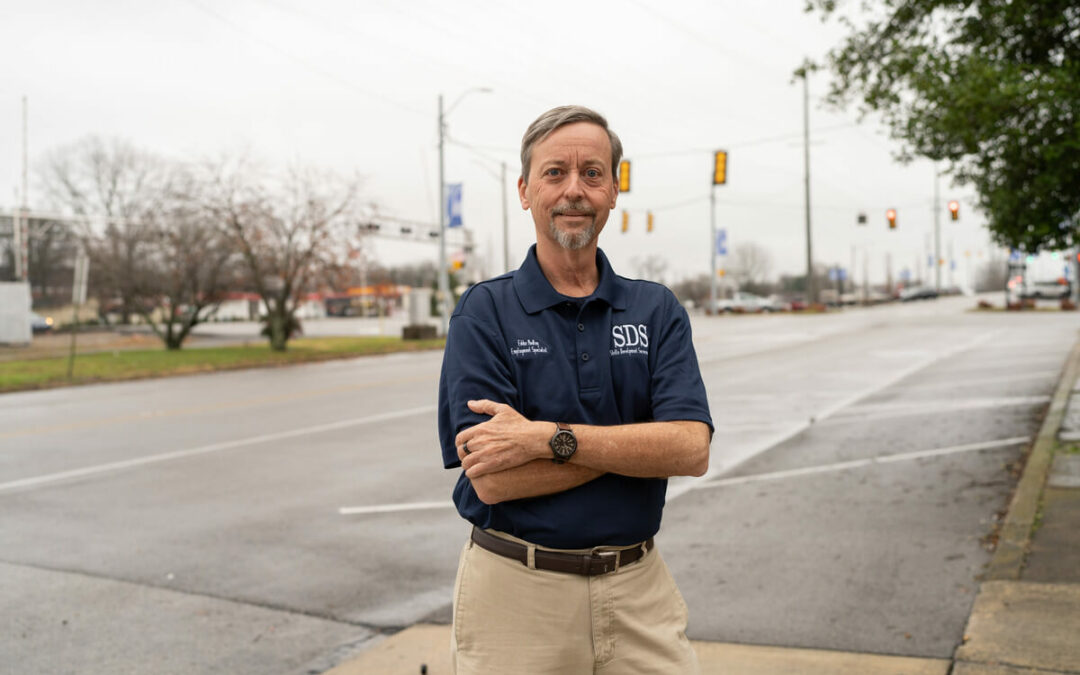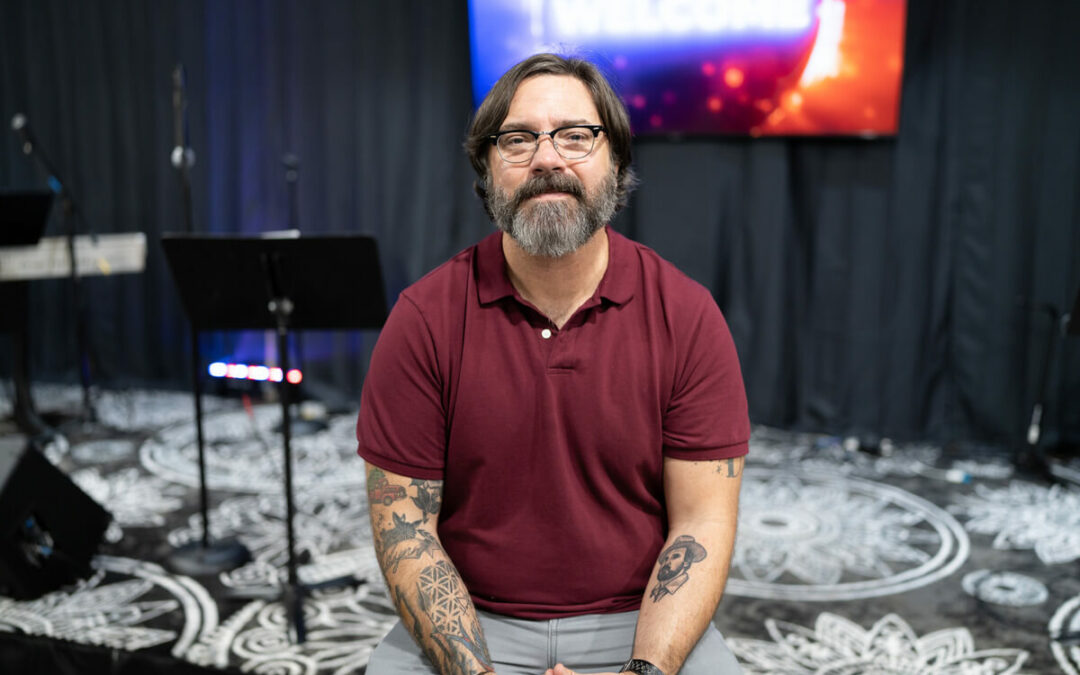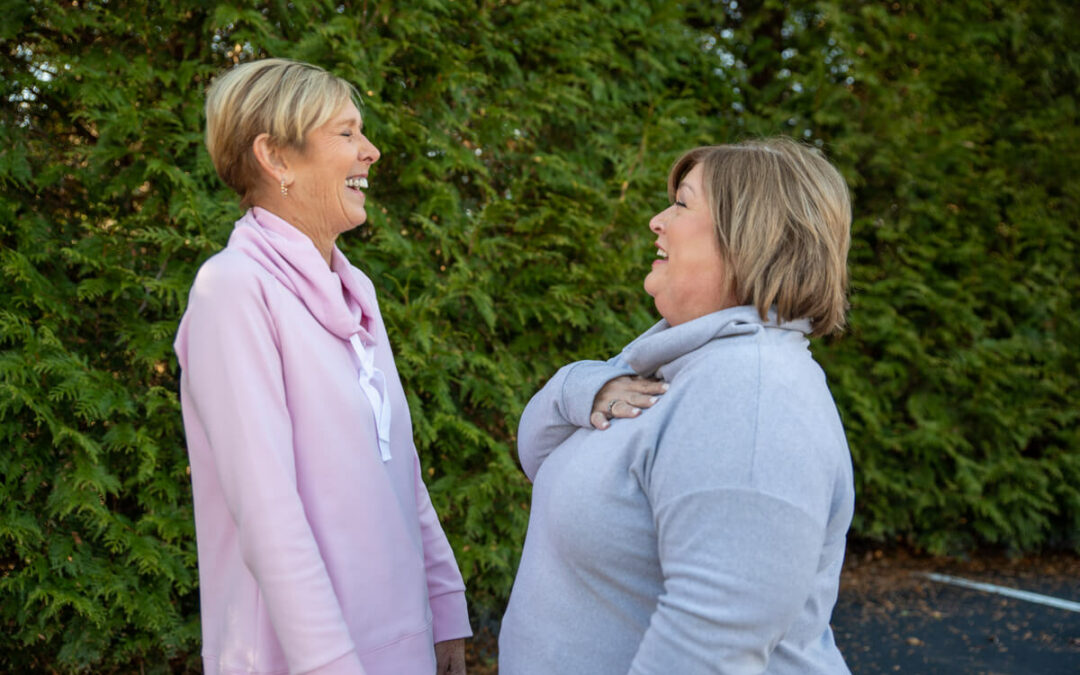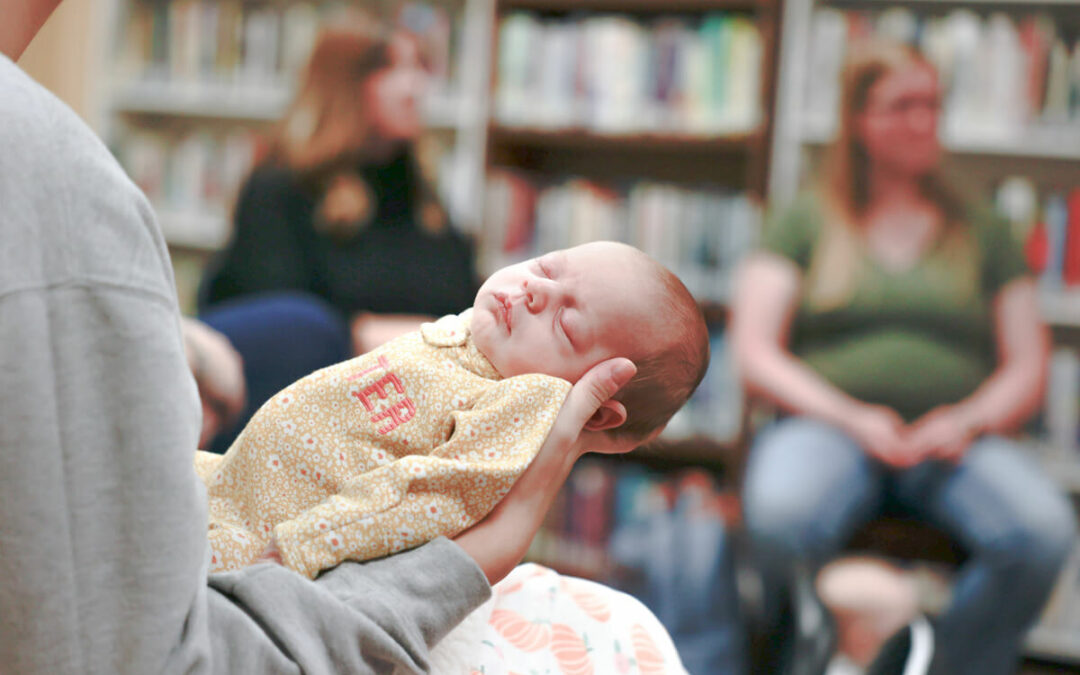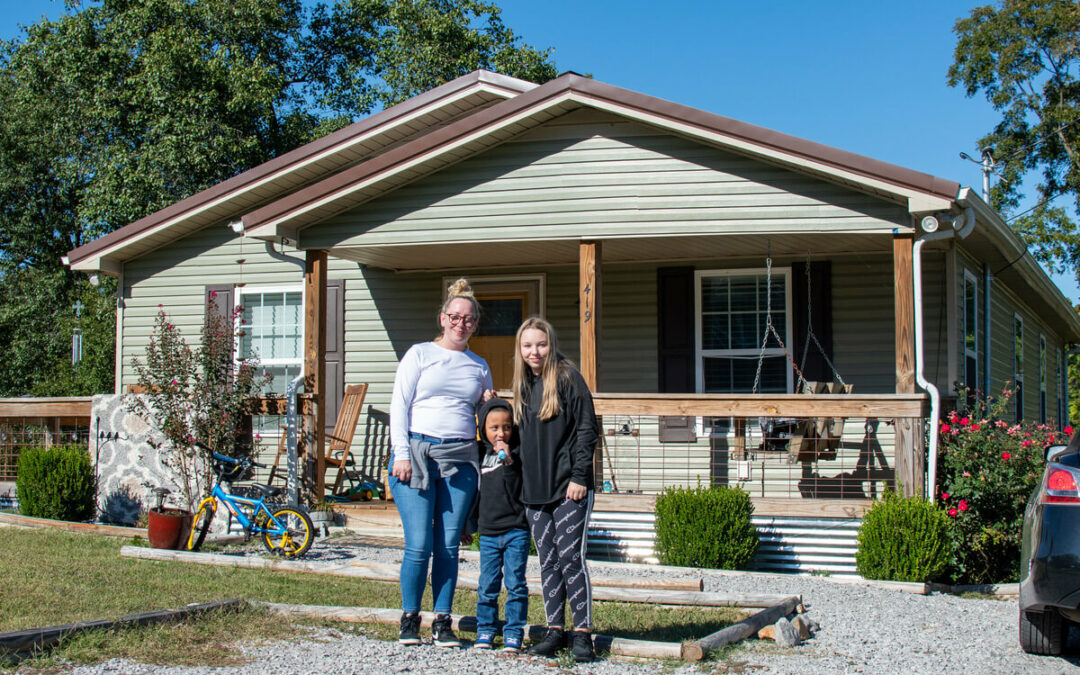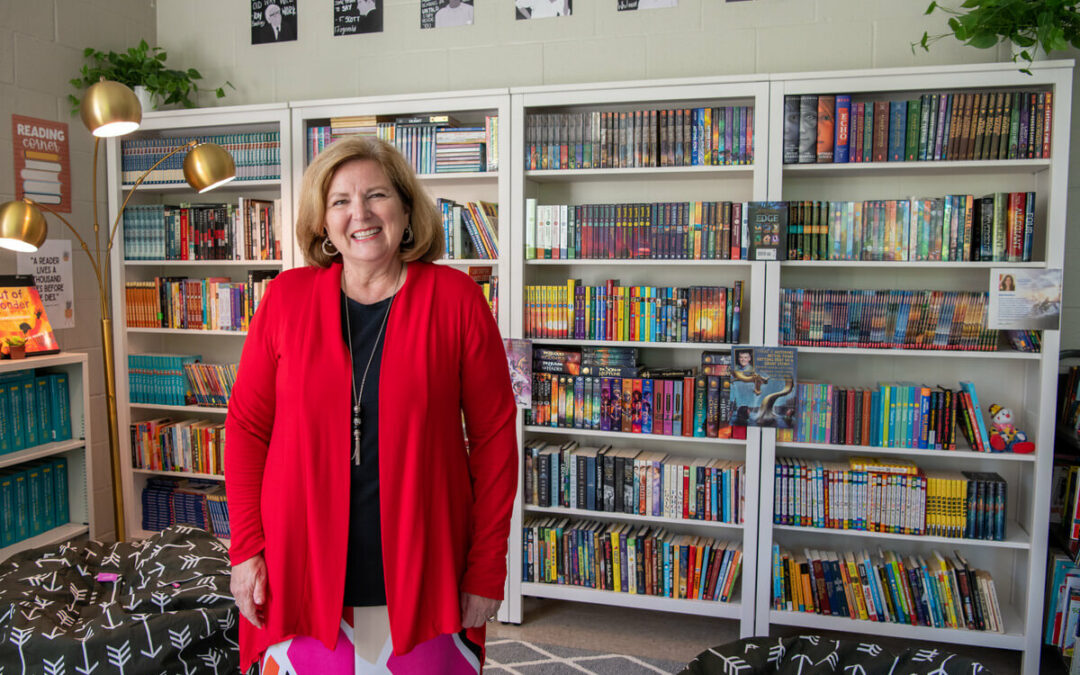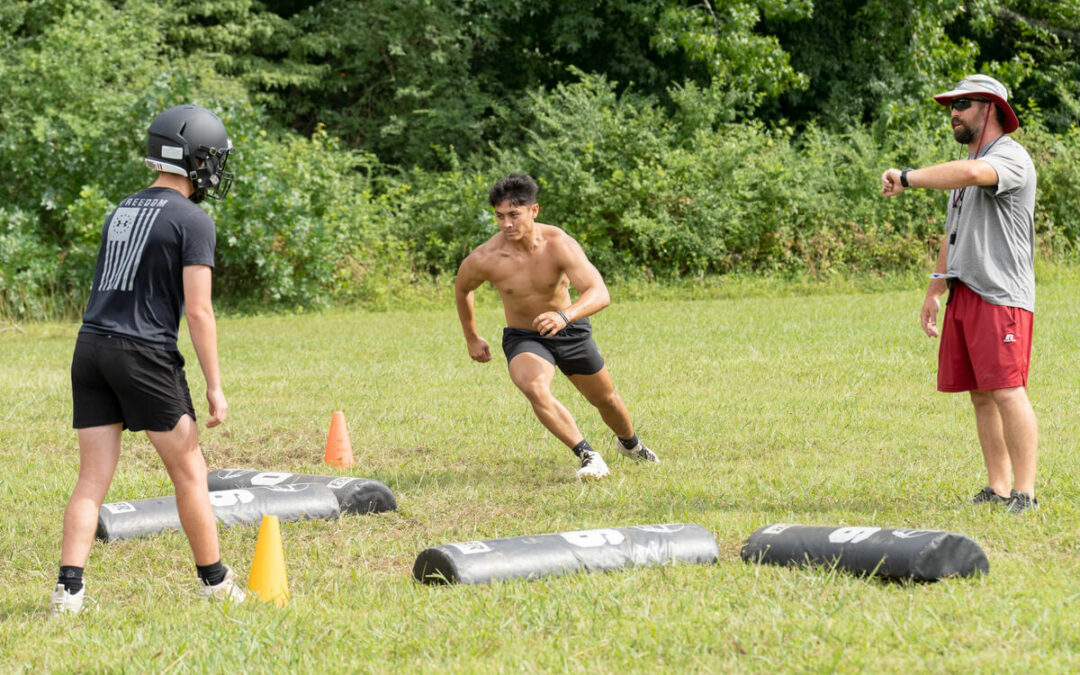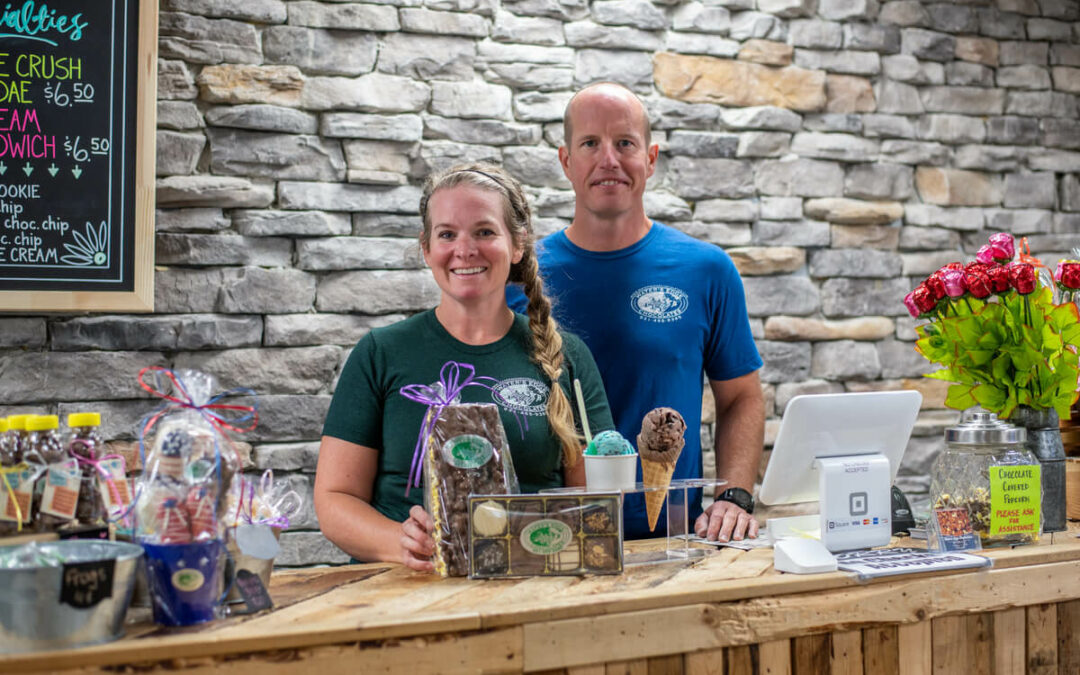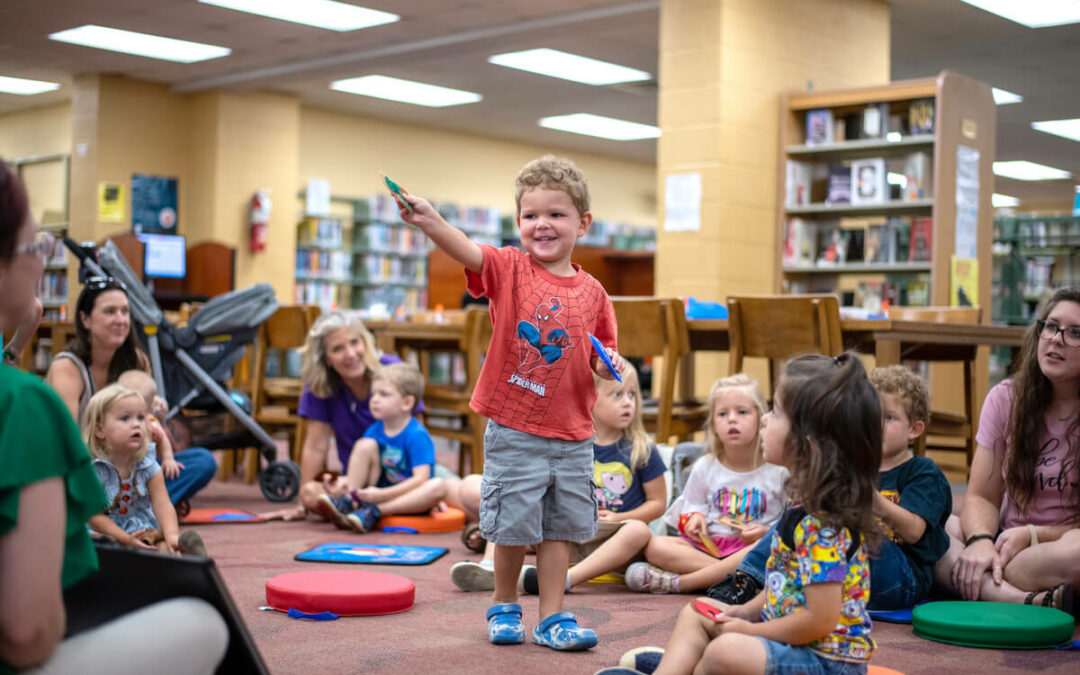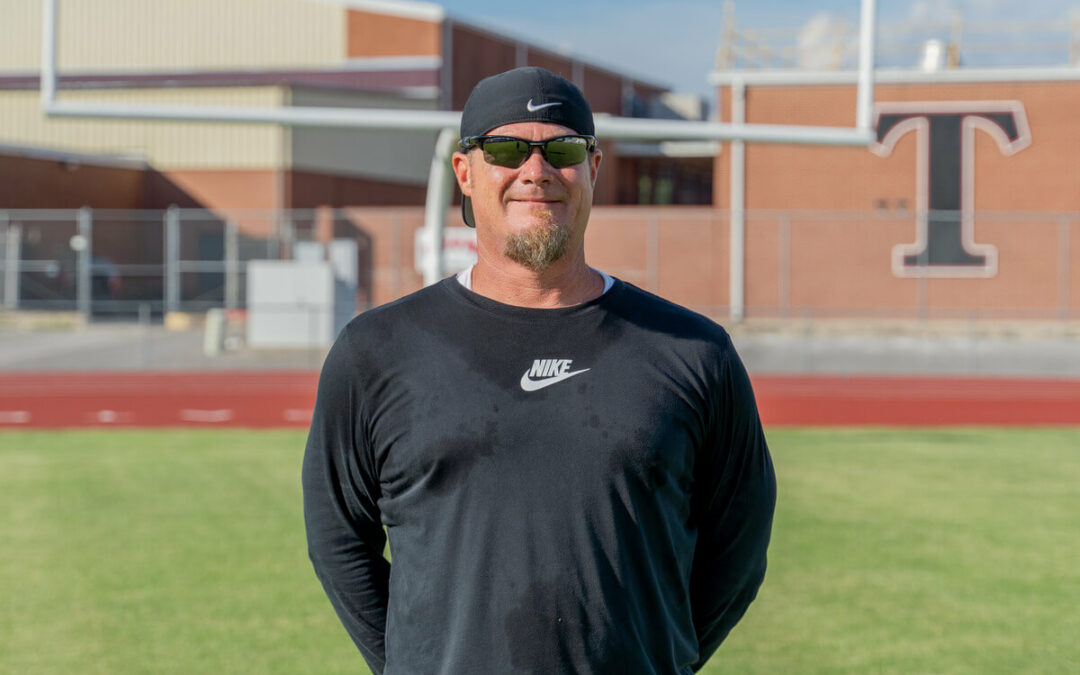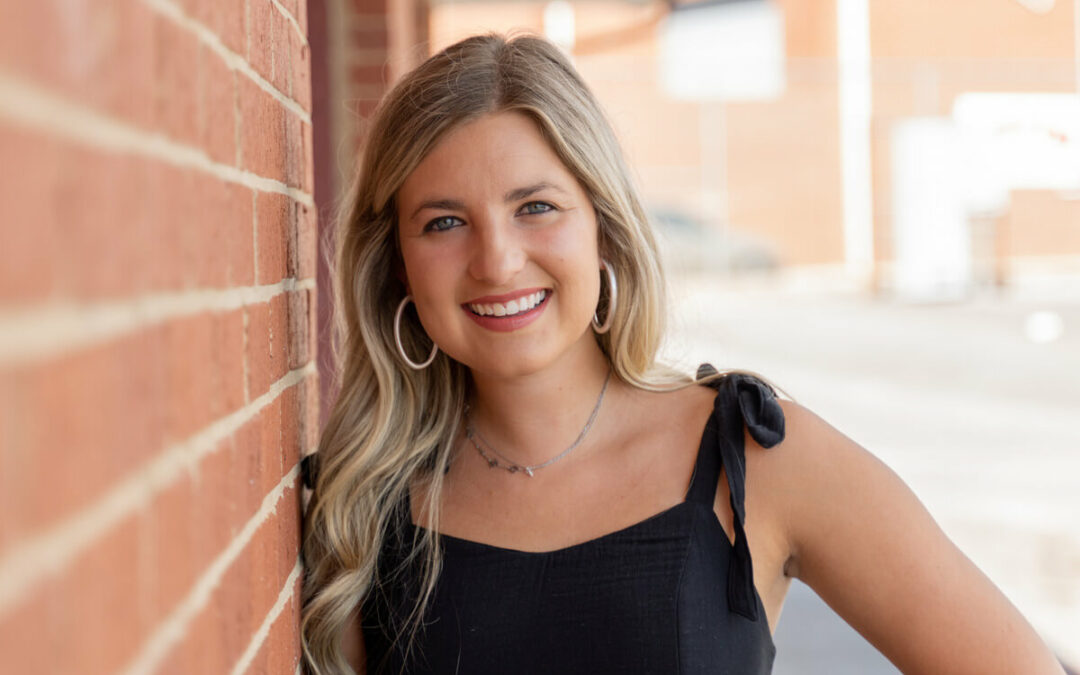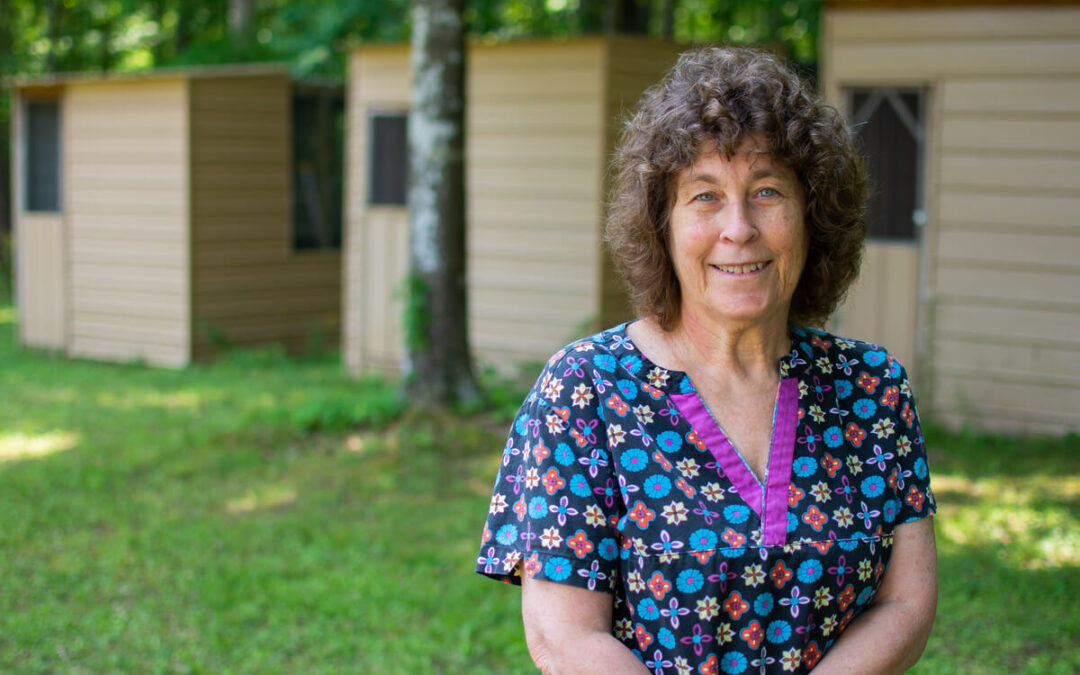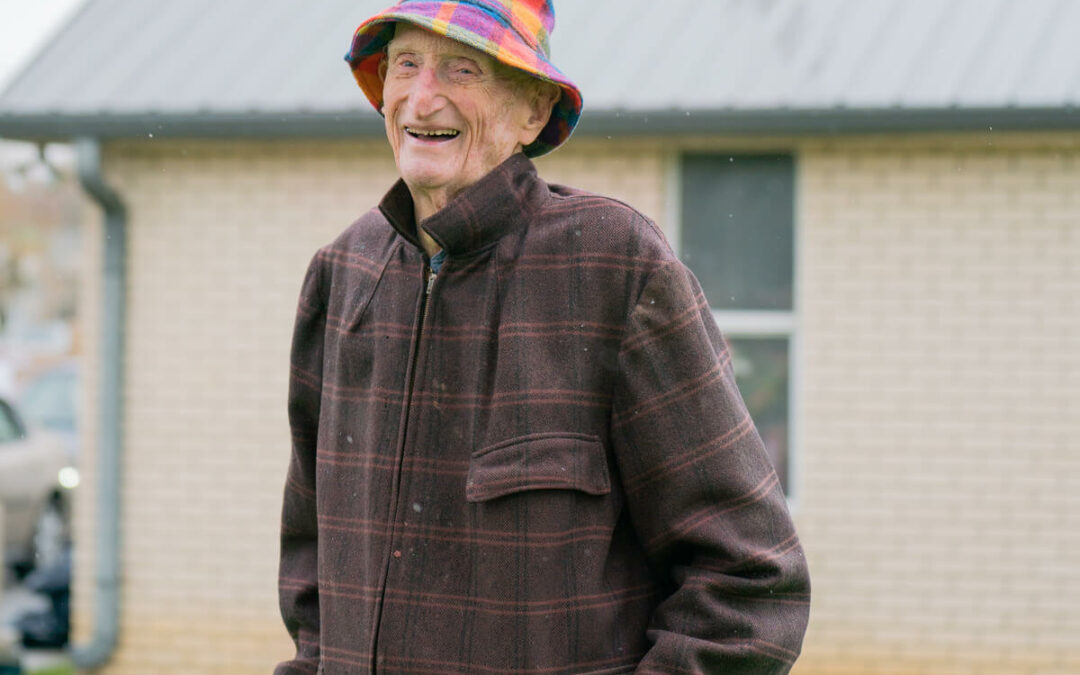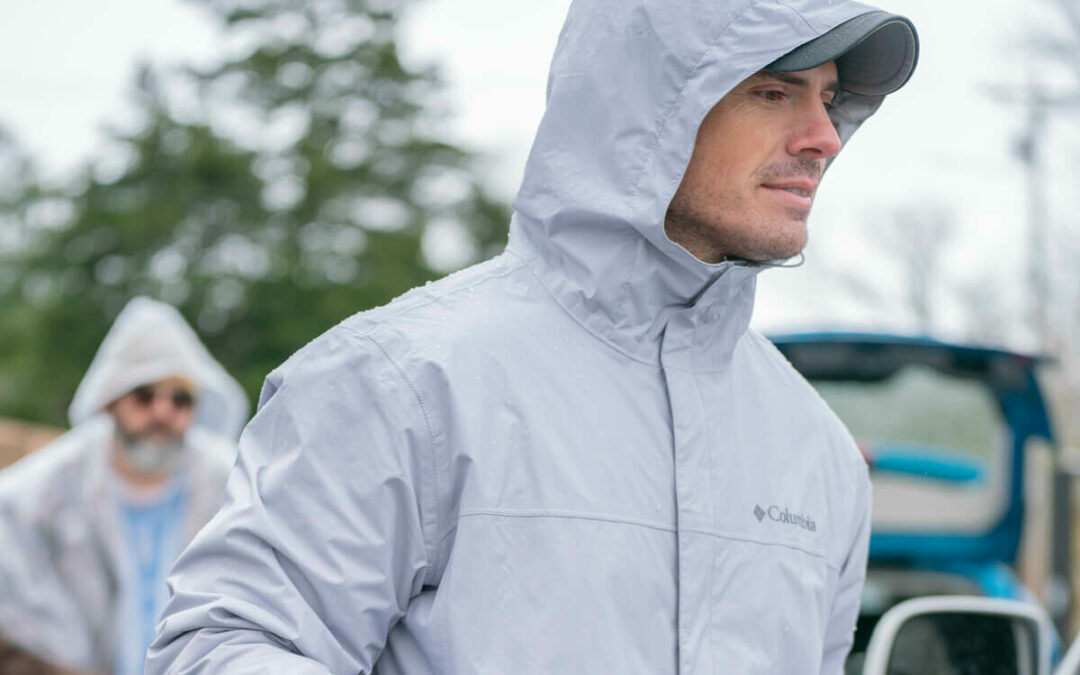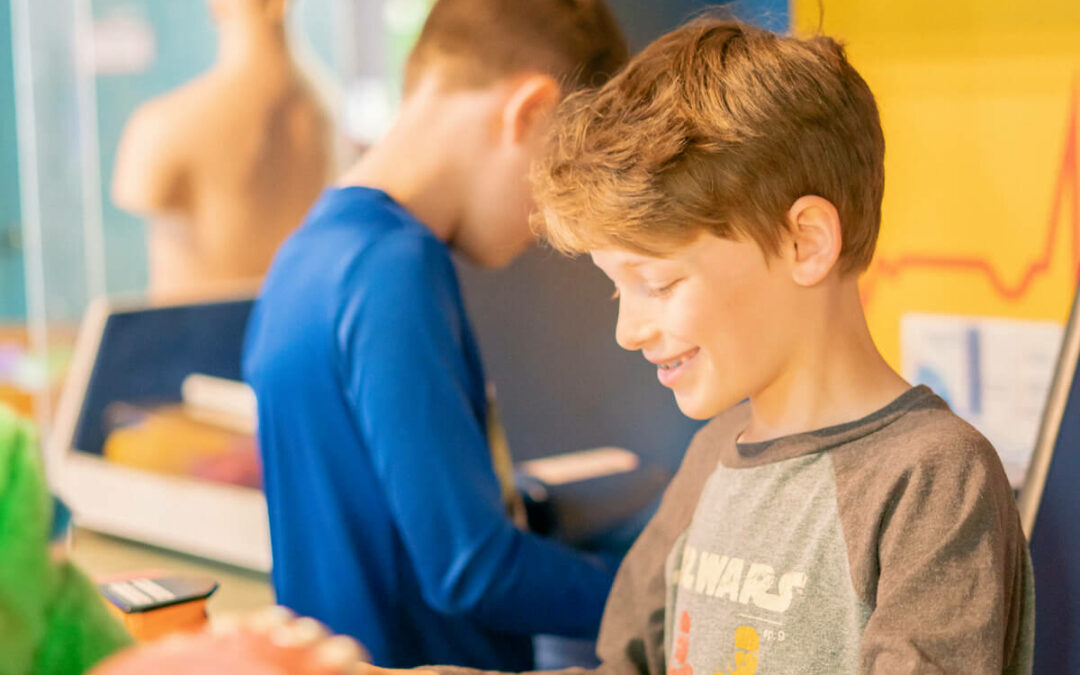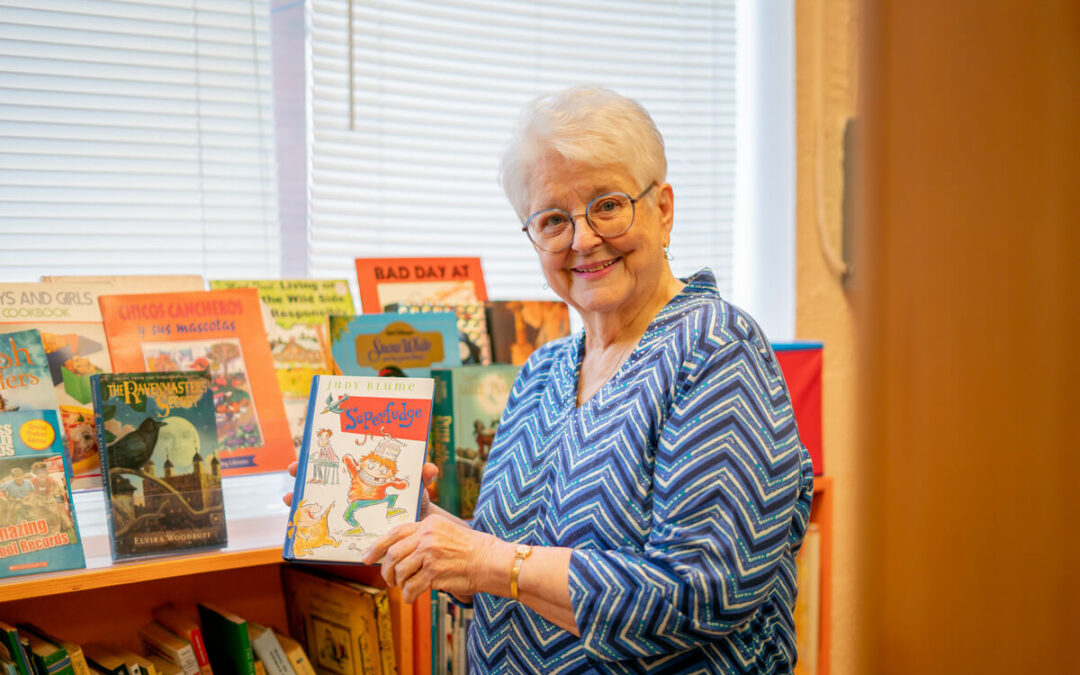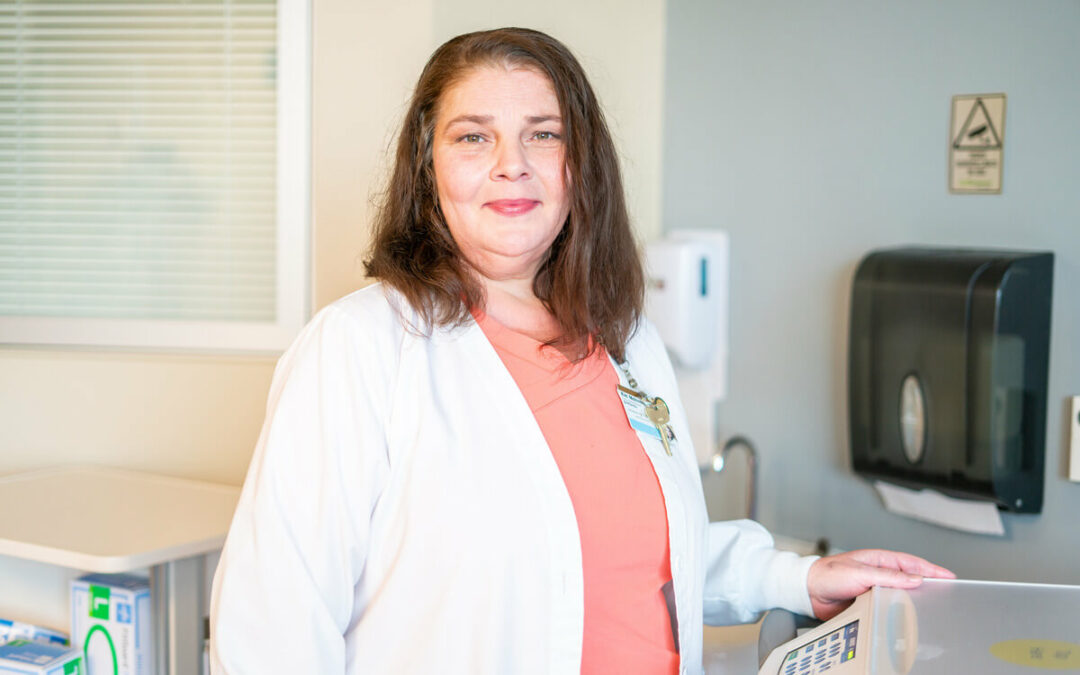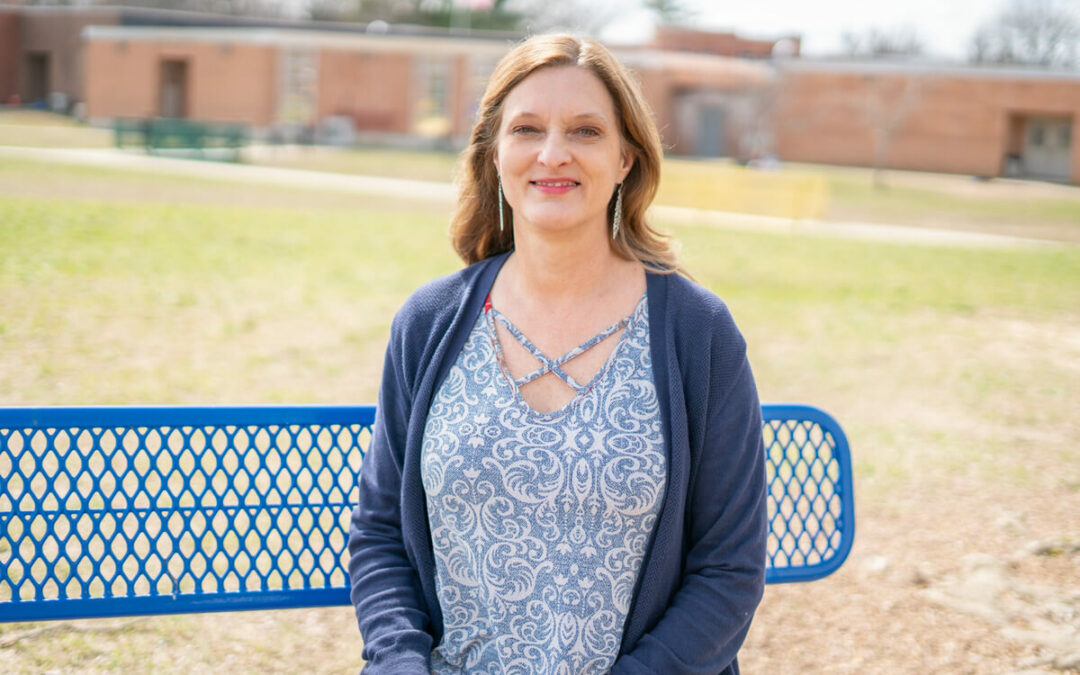We’ve all heard the phrase, “it takes a village to raise a child.” The phrase has a pretty interesting background as it originates from an African proverb. The proverb tells us that it takes many people, aka “the village,” to provide a safe, healthy environment for children because children are given the security they need to develop and flourish and realize their hopes and dreams.
The village also requires an environment where children’s voices are taken seriously and where multiple people (the “villagers”), including parents, siblings, extended family members, neighbors, teachers, professionals, community members, and policymakers, care for a child. These villagers may provide direct care to the children or support the parent.
A dream come true
East Lincoln Elementary kindergarten teacher Miranda Colley believes in the village and knows the value of being a part of one. It led her to reach for her dream of becoming a teacher. She had carried a vision with her since she was a kindergarten student at North Lake Elementary in Franklin County.
“I wanted to be a kindergarten teacher from the time I started school myself,” she said. “I had Mrs. Carlene Tucker; she was kind and made learning so exciting and meaningful. I can still remember several of the lessons like it was yesterday. The whole experience made such an impression that even then, I knew I wanted to be a teacher when I grew up.”
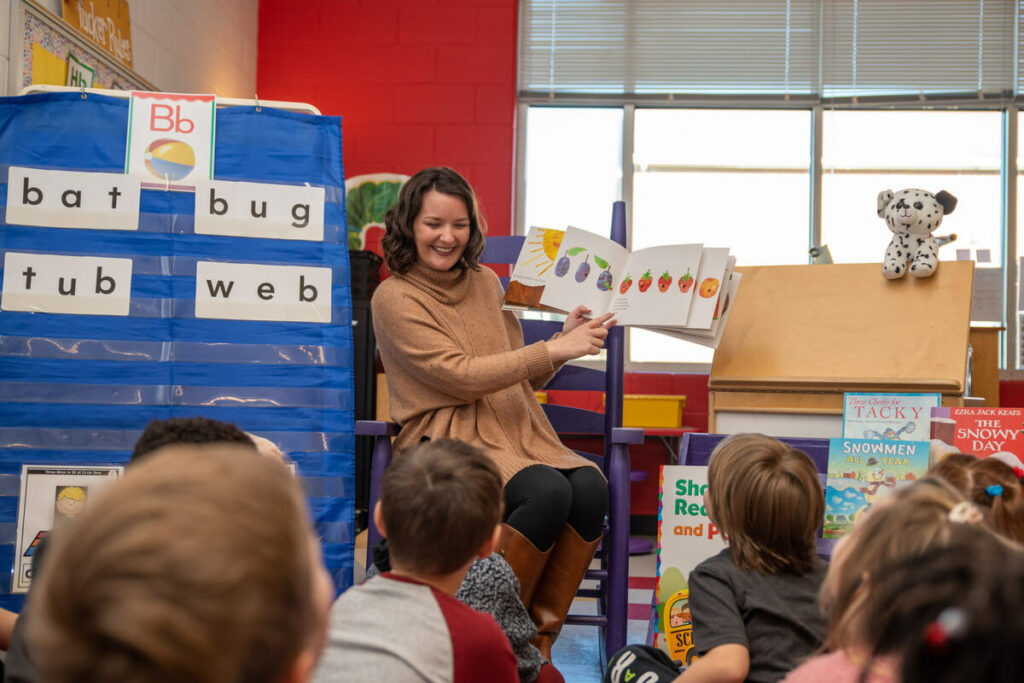
Throughout her career as a student, she continued to have good classroom experiences with teachers she said she knew cared about her and her classmates. Being in those healthy situations kept her love of learning alive and well.
“All of the teachers I had over the years made school fun,” said Colley. “I also had a good connection with all my teachers, which I loved. I felt like becoming a teacher would be such a rewarding job. The ultimate goal is to help a child learn something new every day and provide the same wonderful learning experiences I received in school.”
A love for early education
Upon graduating college, she knew she wanted to teach first grade.
“For some reason, growing up, I felt like first grade was the best year. I remember learning to read at that time. I would try to read everything in sight, from books to restaurant menus. Learning to read opened up so many new opportunities and possibilities.”
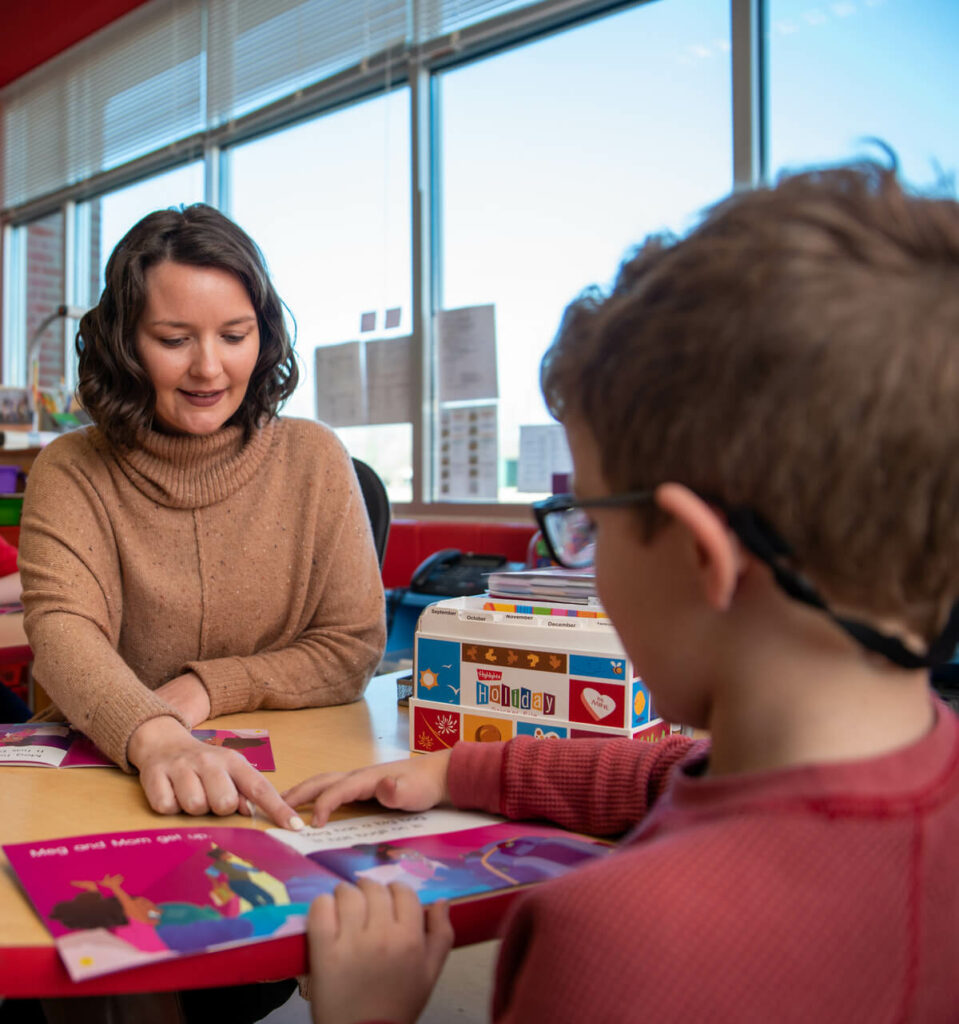
Having taught first grade for six years, Colley said what was once required for first grade students is now expected of kindergarten students. Moving to kindergarten, she said she has enjoyed teaching both grades and is now enjoying teaching students in their first year of elementary school.
“It’s amazing to see how they grow throughout the year,” she said. “They begin the year learning their numbers and alphabet and end the year being able to solve simple math equations and read basic books. Watching their transformation is so rewarding.”
Colley said she encourages her students to work with her as a team. Each student has a job, and each job is important to the success of the classroom.
“We are a team,” she said. “I explain to them that we each have jobs. My job is to teach them, and their job is to learn. I want my students to be able to come to school and not worry about anything else and focus on what is important, which is learning.”
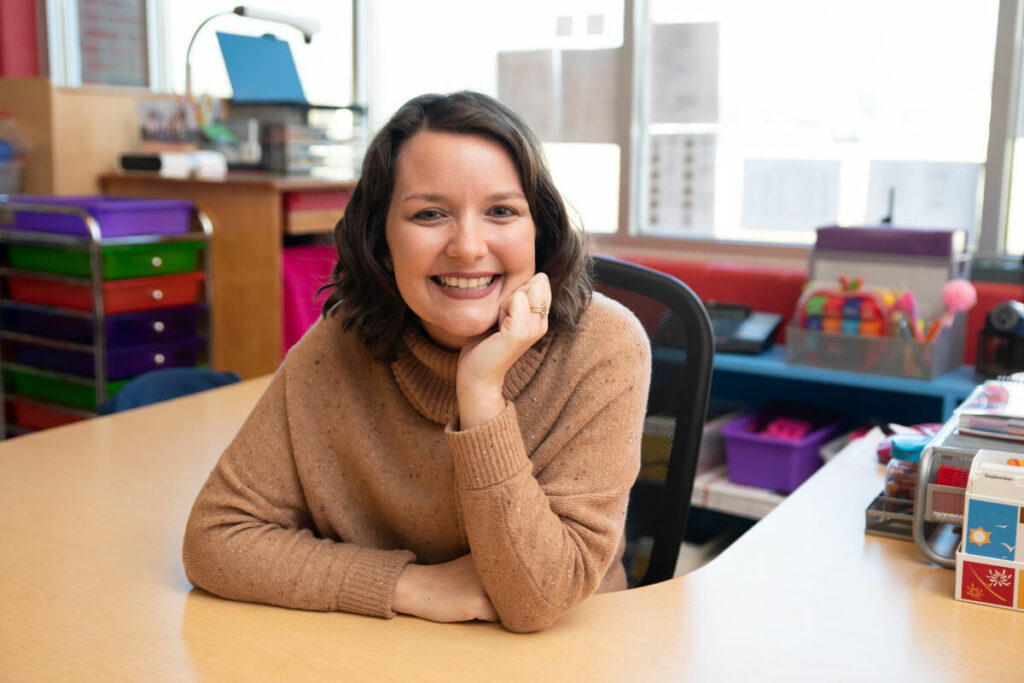
It really does take a village
Looking back at her experience as a student, she understands her role’s importance in and out of the classroom.
“While each teacher I had made learning fun and engaging, they were also invested in me as a person. My teachers cared and wanted me to succeed in all areas of my life, not just academics,” she said.
Now, as a teacher, she hopes to pass on that same caring and kindness she received to her students.
“I want my students to leave my classroom with the tools and mindset of lifelong learners,” she said. “I want my students to know they can do anything they put their minds to, and I will cheer them on every step of the way.”
She also points out how important everyone’s role is in a child’s education. From the teachers, parents, staff, and the community, we all play an essential role.
“Everybody has a part,” she said. “We can’t do it all alone. It’s not just the teacher’s job or the parent’s responsibility. It’s about working together and helping each of these children. By doing this, we can make a real difference. Student success also includes the community. The community’s involvement and support are crucial to how these children will learn and continue to grow. The phrase, ‘it takes a village,’ is true. It really does take everyone involved.” GN


